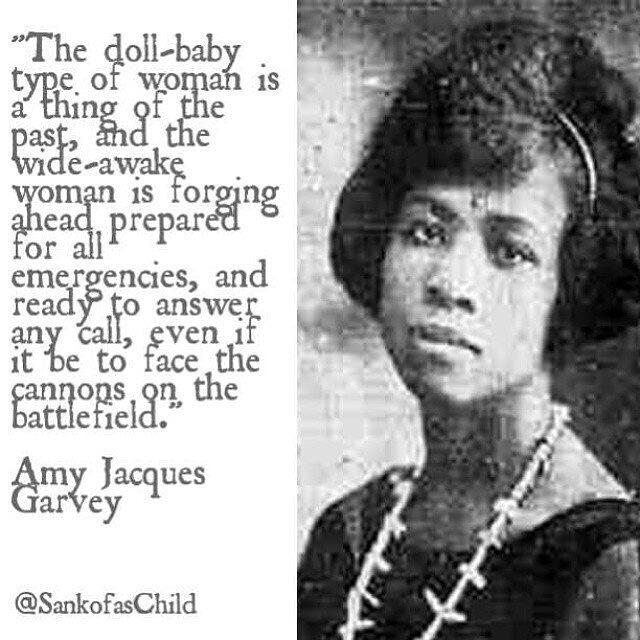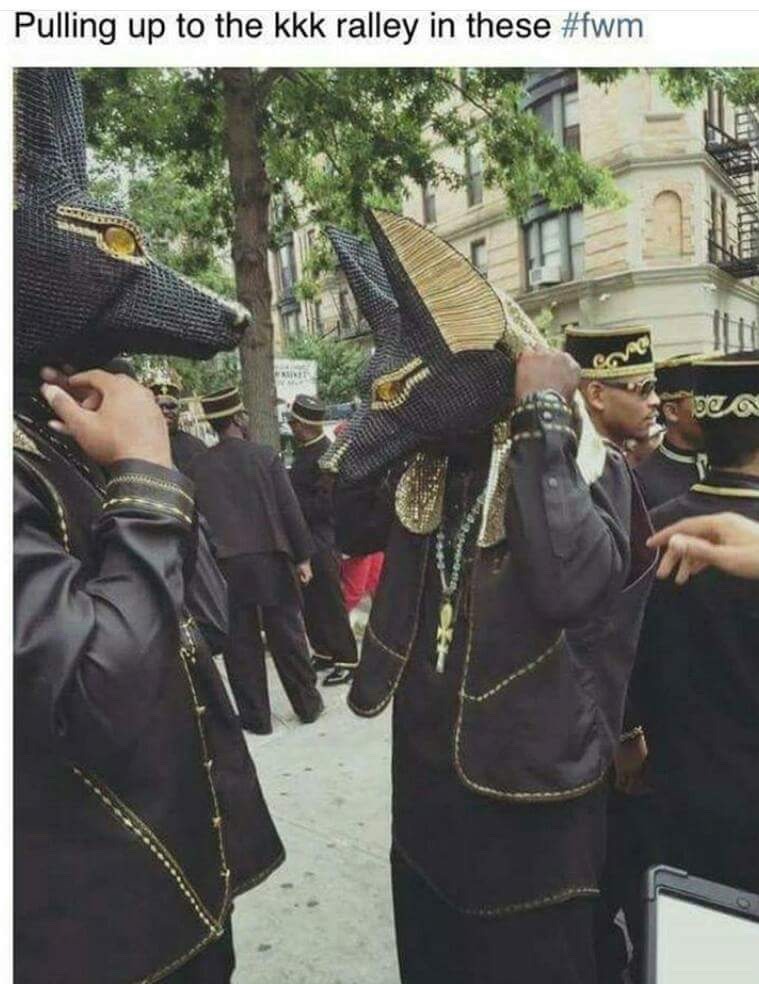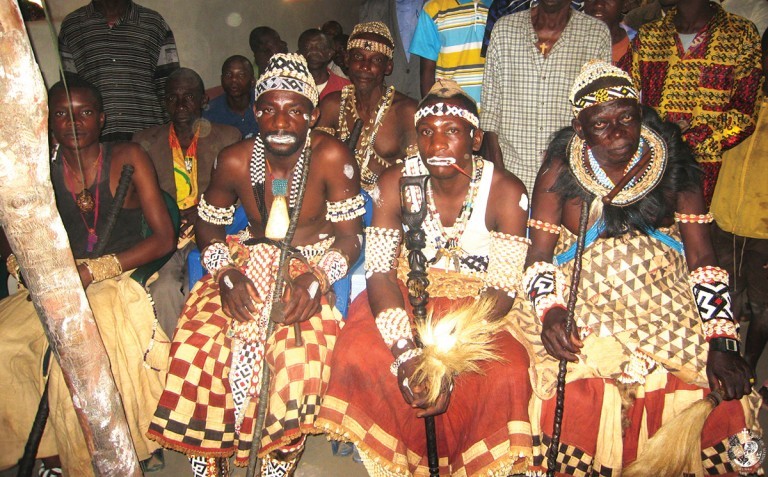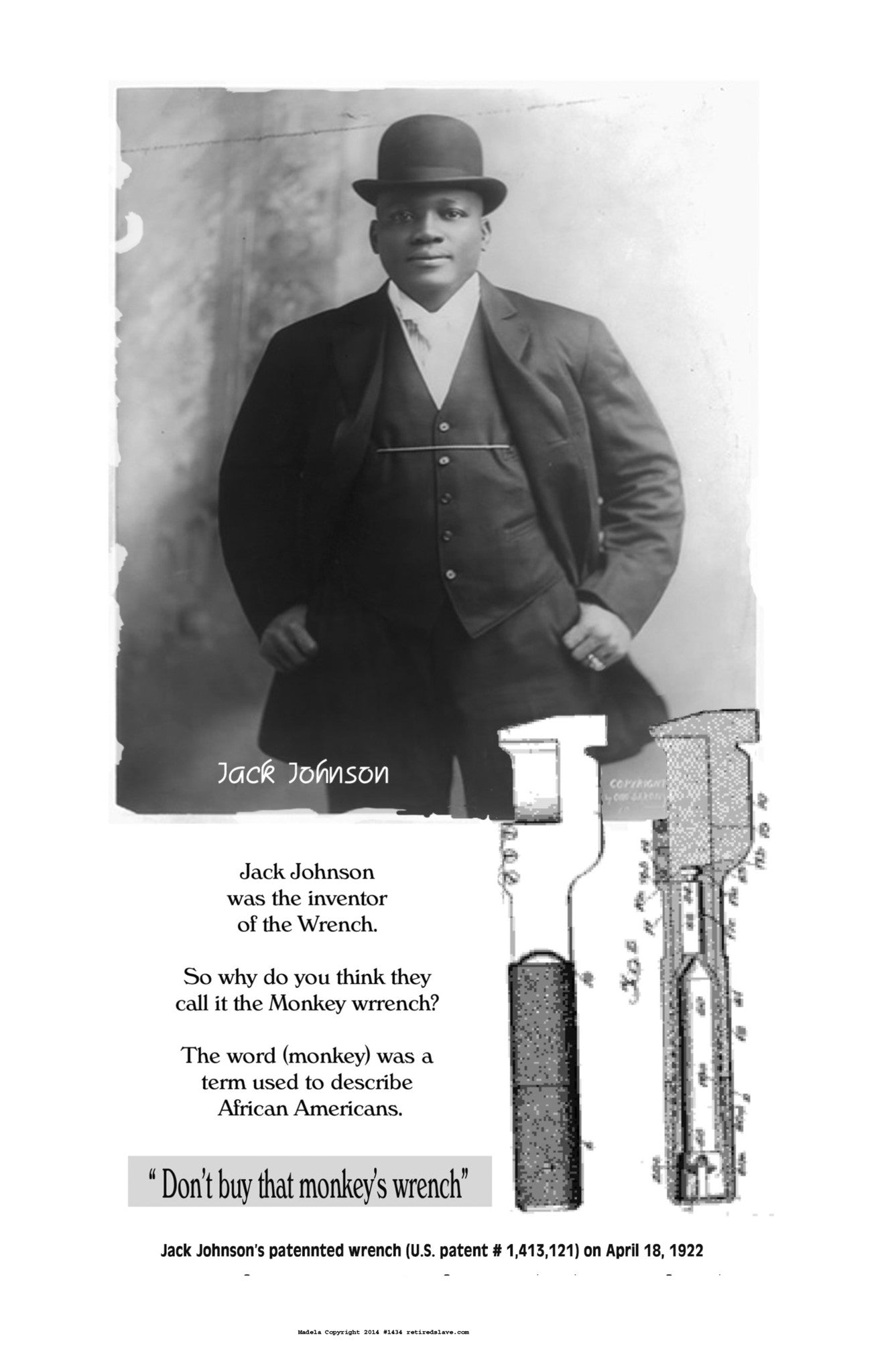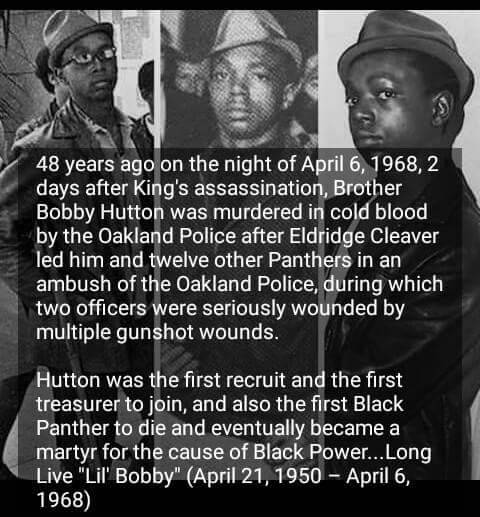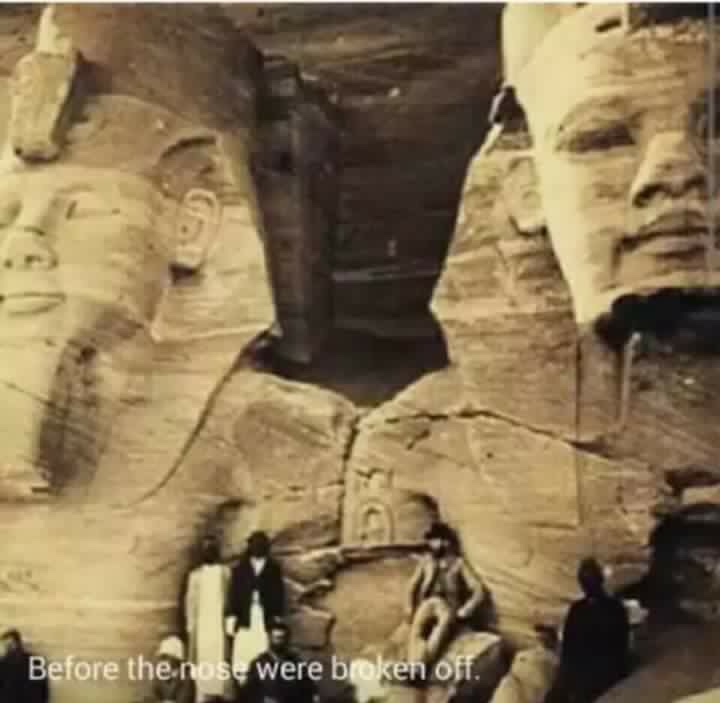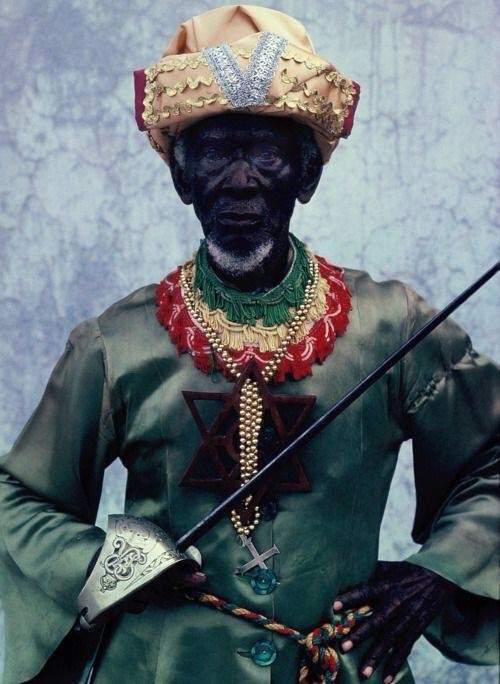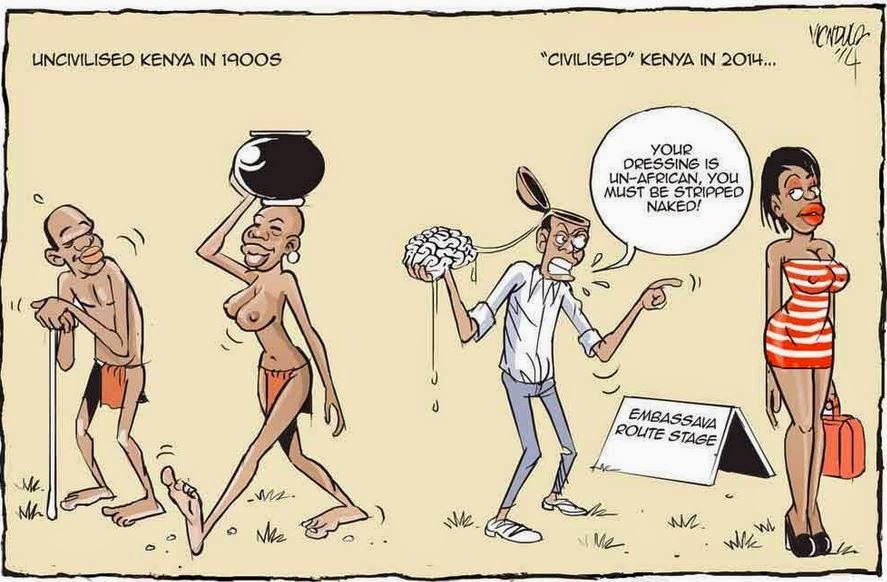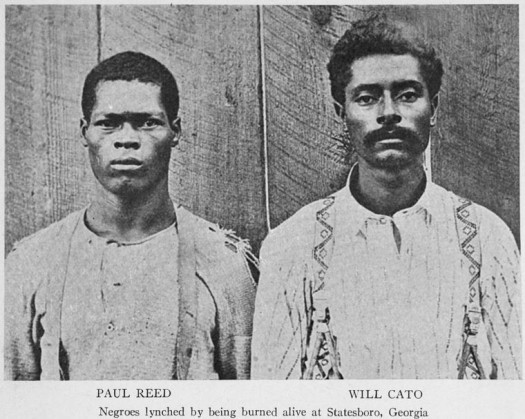You are using an out of date browser. It may not display this or other websites correctly.
You should upgrade or use an alternative browser.
You should upgrade or use an alternative browser.
African American History aka Black History & History of Afrikans World Wide
- Thread starter Lexx Diamond
- Start date
http://www.thedailybeast.com/videos...ehind-the-moon-landing-was-a-black-woman.html


The ‘Human Computer’ Behind the Moon Landing Was a Black Woman
In an age of racism and sexism, Katherine Johnson broke both barriers at NASA.
She calculated the trajectory of man’s first trip to the moon, and was such an accurate mathematician that John Glenn asked her to double-check NASA’s computers. To top it off, she did it all as a black woman in the 1950s and ’60s, when women at NASA were not even invited to meetings.
And you’ve probably never heard of her.
Meet Katherine Johnson, the African-American woman who earned the nickname “the human computer” at NASA during its space race golden age.
An upcoming movie calledHidden Figureswill celebrate her life and those of her black female colleagues, all of whom did important work against unbelievable odds but whose stories have gone largely unknown. The movie, set to come out in January 2017, will feature Taraji P. Henson as Johnson and music by Pharrell Williams.
In interviews, Johnson, now 97, remembers how her brilliant calculations—which she did largely by hand—forced NASA to accept her.
“I just happened to be working with guys,” she said, “and when they had briefings I asked permission to go. They said, ‘The girls don’t usually go.’ I said, ‘Is there a law?’ And they said, ‘No.’ So then my boss said, ‘Let her go.’”
So she went. And, with her help, NASA went to the moon.

The ‘Human Computer’ Behind the Moon Landing Was a Black Woman
In an age of racism and sexism, Katherine Johnson broke both barriers at NASA.
She calculated the trajectory of man’s first trip to the moon, and was such an accurate mathematician that John Glenn asked her to double-check NASA’s computers. To top it off, she did it all as a black woman in the 1950s and ’60s, when women at NASA were not even invited to meetings.
And you’ve probably never heard of her.
Meet Katherine Johnson, the African-American woman who earned the nickname “the human computer” at NASA during its space race golden age.
An upcoming movie calledHidden Figureswill celebrate her life and those of her black female colleagues, all of whom did important work against unbelievable odds but whose stories have gone largely unknown. The movie, set to come out in January 2017, will feature Taraji P. Henson as Johnson and music by Pharrell Williams.
In interviews, Johnson, now 97, remembers how her brilliant calculations—which she did largely by hand—forced NASA to accept her.
“I just happened to be working with guys,” she said, “and when they had briefings I asked permission to go. They said, ‘The girls don’t usually go.’ I said, ‘Is there a law?’ And they said, ‘No.’ So then my boss said, ‘Let her go.’”
So she went. And, with her help, NASA went to the moon.
This thread is the shit
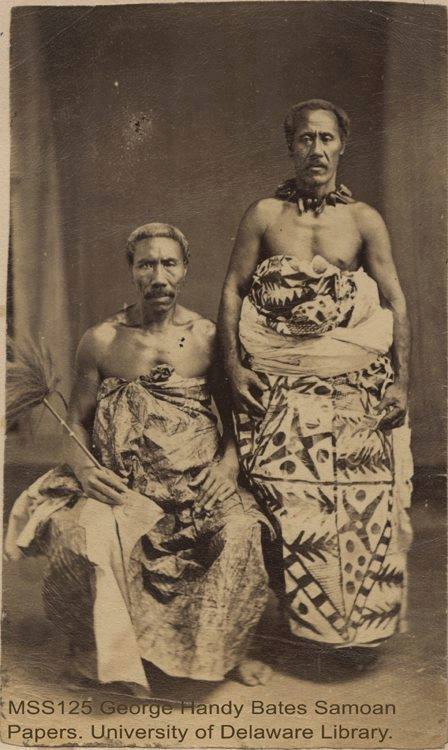
THE ORIGINAL PEOPLE OF SAMOA….
Portrait of two men, HIGH KING Tupua Tamasese Titiamaea (1830-1891) and his “Tulafale” Talking ChieF
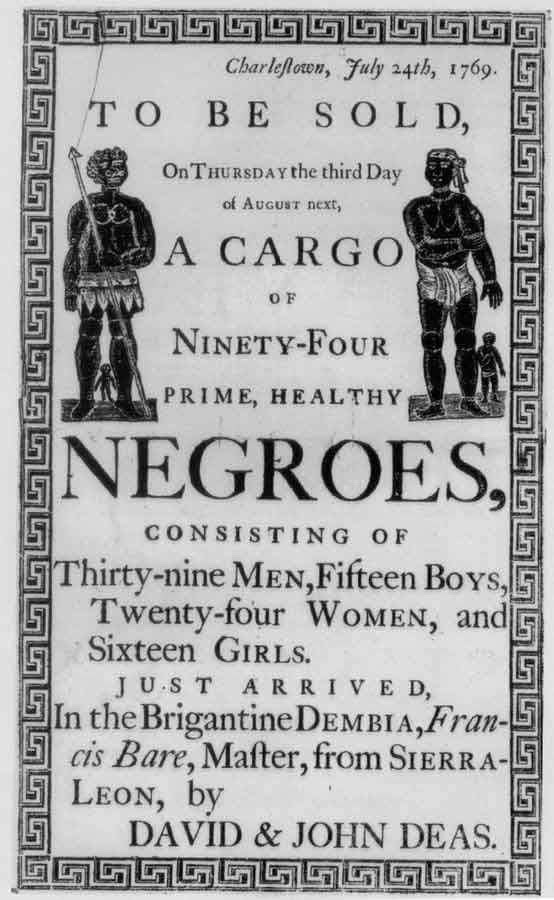
NEVER FORGET!
So chilling!
Recently found out my ancestry traces back to Sierra Leone....



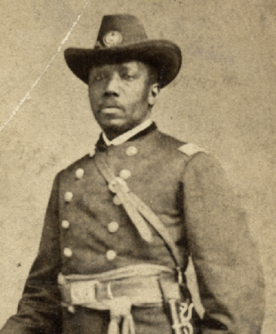
Martin R. Delany: Only Black Major During the Civil War
0 Posted by Jae Jones - March 8, 2016 - BLACK MEN, BLACKS IN THE MILITARY
A fiercely independent thinker and writer, Martin R. Delany, was a man of many different roles. He was an abolitionist, editor, writer, doctor, and politician, he has also been noted as being the first field officer in the United States Army, serving as a major during and after the American Civil War. He was also among the first black nationalists.
Delany was born in Charlestown, Virginia, to Pati and Samuel Delany. His father was enslaved, but his mother was a free woman, and Martin took her status under the Virginia slave law. His parents both were of Mandinka ethnicity.
advertisement
Growing up, Delany learned to read and write using The New York Primer and Spelling Book, which was given to his family by a peddler. It was against the law for slaves to learn to read, and when the book was discovered, his mother took him and his siblings out of Virginia to Chambersburg in the free state of Pennsylvania for safety.
In 1831, at the age of 19, Delany moved west to the growing city of Pittsburgh, where he became a barber and laborer. Having heard stories about his parents’ ancestors, he wanted to visit Africa. Delaney and three other young black men were later accepted into Harvard Medical School. However, at the time, blacks were not allowed into the school after numerous white students petitioned to keep blacks out. He later attended Jefferson College, where he was taught Latin and Greek.

During the widespread of the cholera epidemic in 1832, Delany became apprenticed to Dr. Andrew N. McDowell. He focused on learning the contemporary techniques of fire cupping and leeching, then considered the primary techniques to treat disease. He continued to study medicine under the mentorship of Dr. McDowell and other abolitionist doctors, such as Dr. F. Julius LeMoyne and Dr. Joseph P. Gazzam of Pittsburgh.
Related articles :
- The Infamous Willie Lynch Letter: If You Haven't Already, Please Read!
- Milla Granson Taught Hundreds of Slaves to Read and Write With "Midnight School"
- Thomas Calhoun Walker: Nicknamed the "Black Governor" of Virginia (1934)
He later served in the Civil War and was the only black officer to receive the rank of major during the war. After the war, he remained with the Army and served under General Rufus Saxton in the 52nd U.S. Colored Troops. He was later transferred to the Freedmen’s Bureau, serving on Hilton Head. Delany died in 1885 at the age of 72.
source:
http://www.britannica.com/biography/Martin-R-Delany
The REAL 'Lone Ranger' Was An African American Lawman ... Bass Reeves

Some say U.S. Deputy Marshal Bass Reeves was the inspiration for “The Lone Ranger.” If he was, you might say he lived a life more dangerous and interesting than the legend that rose from it. In 1838, Bass Reeves began life as a slave in Crawford County, Arkansas. During the Civil War he accompanied his master — Colonel George Reeves — as the Colonel joined the Confederate Army. After hearing of the Emancipation Proclamation, Bass proclaimed himself to be a free man and escaped. His flight landed him in Oklahoma Territory, where he was embraced immediately by the Cherokee. It was here that he learned to ride, track, shoot, and speak five Native American languages fluently — all skills that would serve him well.
Bass Reeves, Deputy Marshal At war’s end, Reeves married, began raising his children and worked as a farmer as well as an occasional scout for lawmen tracking criminals. In 1875, Judge Isaac Parker hired him as one of 200 Deputy Marshals in the Oklahoma Territory sent out to tame “Indian Country.” At a time when the average man was about 5’6”, Reeves was a towering 6’2.” He was broad at the shoulders, narrow at the hips, and said to possess superhuman strength. The first black lawman west of the Mississippi, Reeves cut a striking figure on his large gray (almost white) horse, while wearing his trademark black hat and twin .45 Colt Peacemakers cross-draw style. He gave out silver dollars as a calling card. The “Indomitable Marshal” Reeves became famous among criminals for his skills and relentless pursuit. Although shot at many times, he remained untouched by a single bullet, and because of this he was called “The Indomitable Marshal,” so tough he could “spit on a brick and bust it.” A newspaper of his times reported, “Place a warrant for arrest in his hands and no circumstance can cause him to deviate.” The Oklahoma City Weekly Times-Journal reported, “Reeves was never known to show the slightest excitement, under any circumstance. He does not know what fear is.” This was never truer than the case where three men he was pursuing managed to get the drop on him and ordered him off his horse. The leader approached, gloating that the “Indomitable Marshal” was about to die. Showing no fear, Reeves calmly took out his warrants and asked the three men, “What is the date today?” The puzzled leader asked, “What difference does that make?” Reeves explained that he’d need to put the date of the arrest on the paperwork when he took the three of them in — dead or alive, their choice. The three men laughed at the absurdity of the thought, and Marshal Reeves used the distraction to grab the barrel of the leader’s gun. One of the men opened fire, but Reeves drew and shot him dead. He then killed the leader by bashing his skull with his pistol. The third man wisely submitted to the arrest. A Lawman Until Death Reeves was also famous for his cunning disguises. While in pursuit of two criminals he discovered them hiding in a cabin that would be difficult to approach safely. He shot three holes in his hat, changed into tattered clothes, and hid his handcuffs in a bag. He tied up his horse out of sight and walked up to the cabin, appearing exhausted. Reeves told a tale of harrowing escape from the custody of U.S. Marshals. The two bad guys were mesmerized as Reeves showed them the bullet-riddled hat, confirming the tale. The gullible criminals invited him to join them in their next planned robbery. While the wanted men slept Reeves quietly handcuffed both of them, and then let them sleep through the night. In the morning he told them he’d let them sleep so they would be rested for their long ride back to the jail in Fort Smith. In the twilight of his career, a newspaper reported Reeves had brought in 3,000 living felons and 20 dead. He corrected the record, saying that during his storied career he had killed 14 men in self-defense. Reeves retired from Federal Service after 32 years, the last and longest serving of Judge Parker’s Marshals. He took a position with the Muskogee Oklahoma Police Department until his passing in 1910 of natural causes. The lengthy and glowing obituary for this universally respected former slave turned U.S. Deputy Marshal described him as “absolutely fearless and knowing no master but duty.” It almost doesn’t matter if Reeves was the basis for the Lone Ranger character — Reeves was clearly a lawman of the highest order. As you set out on your next patrol shift, perhaps you’ll have in the back of your mind that righteous call of the Lone Ranger: “Hi, yo, Silver! Away!”
https://www.policeone.com/police-he...U-S-Marshal-Bass-Reeves-the-real-Lone-Ranger/

Some say U.S. Deputy Marshal Bass Reeves was the inspiration for “The Lone Ranger.” If he was, you might say he lived a life more dangerous and interesting than the legend that rose from it. In 1838, Bass Reeves began life as a slave in Crawford County, Arkansas. During the Civil War he accompanied his master — Colonel George Reeves — as the Colonel joined the Confederate Army. After hearing of the Emancipation Proclamation, Bass proclaimed himself to be a free man and escaped. His flight landed him in Oklahoma Territory, where he was embraced immediately by the Cherokee. It was here that he learned to ride, track, shoot, and speak five Native American languages fluently — all skills that would serve him well.
Bass Reeves, Deputy Marshal At war’s end, Reeves married, began raising his children and worked as a farmer as well as an occasional scout for lawmen tracking criminals. In 1875, Judge Isaac Parker hired him as one of 200 Deputy Marshals in the Oklahoma Territory sent out to tame “Indian Country.” At a time when the average man was about 5’6”, Reeves was a towering 6’2.” He was broad at the shoulders, narrow at the hips, and said to possess superhuman strength. The first black lawman west of the Mississippi, Reeves cut a striking figure on his large gray (almost white) horse, while wearing his trademark black hat and twin .45 Colt Peacemakers cross-draw style. He gave out silver dollars as a calling card. The “Indomitable Marshal” Reeves became famous among criminals for his skills and relentless pursuit. Although shot at many times, he remained untouched by a single bullet, and because of this he was called “The Indomitable Marshal,” so tough he could “spit on a brick and bust it.” A newspaper of his times reported, “Place a warrant for arrest in his hands and no circumstance can cause him to deviate.” The Oklahoma City Weekly Times-Journal reported, “Reeves was never known to show the slightest excitement, under any circumstance. He does not know what fear is.” This was never truer than the case where three men he was pursuing managed to get the drop on him and ordered him off his horse. The leader approached, gloating that the “Indomitable Marshal” was about to die. Showing no fear, Reeves calmly took out his warrants and asked the three men, “What is the date today?” The puzzled leader asked, “What difference does that make?” Reeves explained that he’d need to put the date of the arrest on the paperwork when he took the three of them in — dead or alive, their choice. The three men laughed at the absurdity of the thought, and Marshal Reeves used the distraction to grab the barrel of the leader’s gun. One of the men opened fire, but Reeves drew and shot him dead. He then killed the leader by bashing his skull with his pistol. The third man wisely submitted to the arrest. A Lawman Until Death Reeves was also famous for his cunning disguises. While in pursuit of two criminals he discovered them hiding in a cabin that would be difficult to approach safely. He shot three holes in his hat, changed into tattered clothes, and hid his handcuffs in a bag. He tied up his horse out of sight and walked up to the cabin, appearing exhausted. Reeves told a tale of harrowing escape from the custody of U.S. Marshals. The two bad guys were mesmerized as Reeves showed them the bullet-riddled hat, confirming the tale. The gullible criminals invited him to join them in their next planned robbery. While the wanted men slept Reeves quietly handcuffed both of them, and then let them sleep through the night. In the morning he told them he’d let them sleep so they would be rested for their long ride back to the jail in Fort Smith. In the twilight of his career, a newspaper reported Reeves had brought in 3,000 living felons and 20 dead. He corrected the record, saying that during his storied career he had killed 14 men in self-defense. Reeves retired from Federal Service after 32 years, the last and longest serving of Judge Parker’s Marshals. He took a position with the Muskogee Oklahoma Police Department until his passing in 1910 of natural causes. The lengthy and glowing obituary for this universally respected former slave turned U.S. Deputy Marshal described him as “absolutely fearless and knowing no master but duty.” It almost doesn’t matter if Reeves was the basis for the Lone Ranger character — Reeves was clearly a lawman of the highest order. As you set out on your next patrol shift, perhaps you’ll have in the back of your mind that righteous call of the Lone Ranger: “Hi, yo, Silver! Away!”
https://www.policeone.com/police-he...U-S-Marshal-Bass-Reeves-the-real-Lone-Ranger/
Last edited:
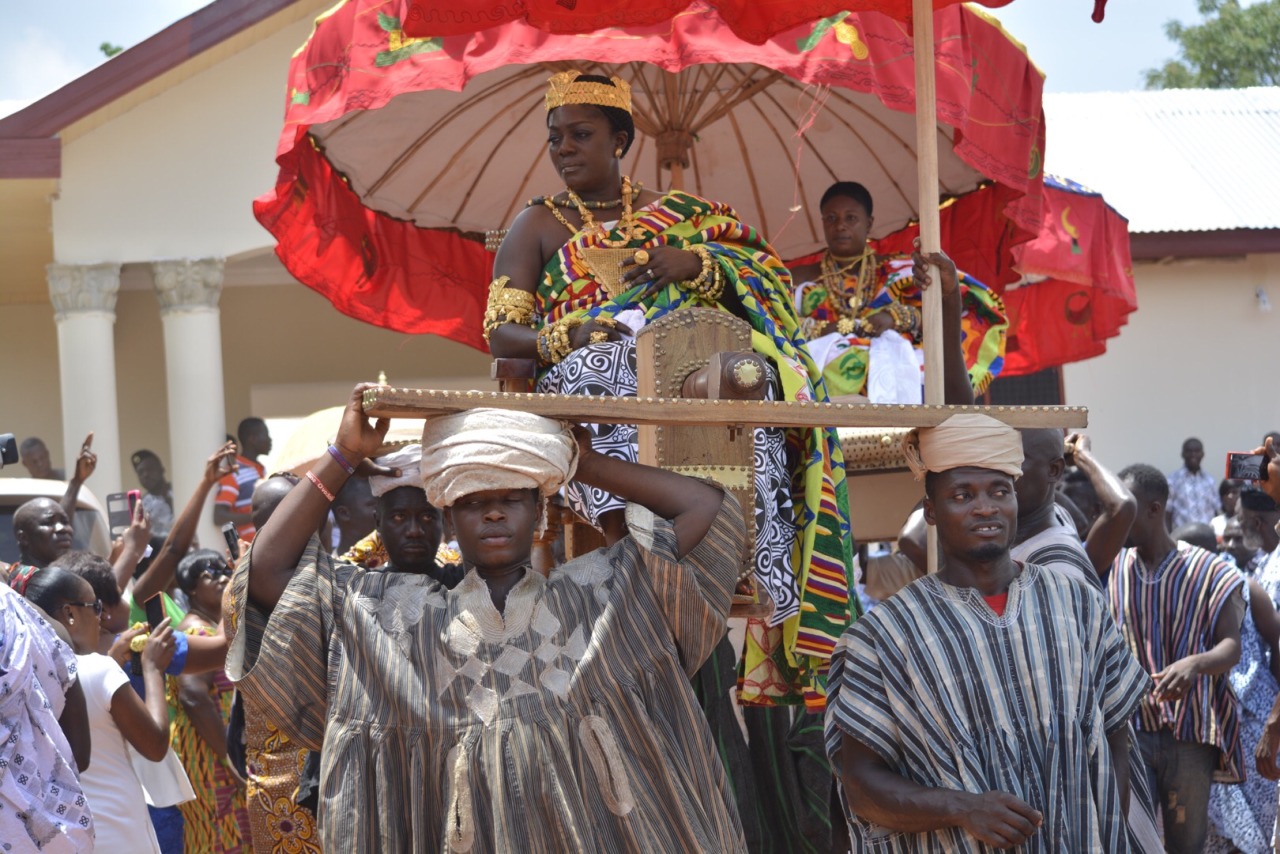
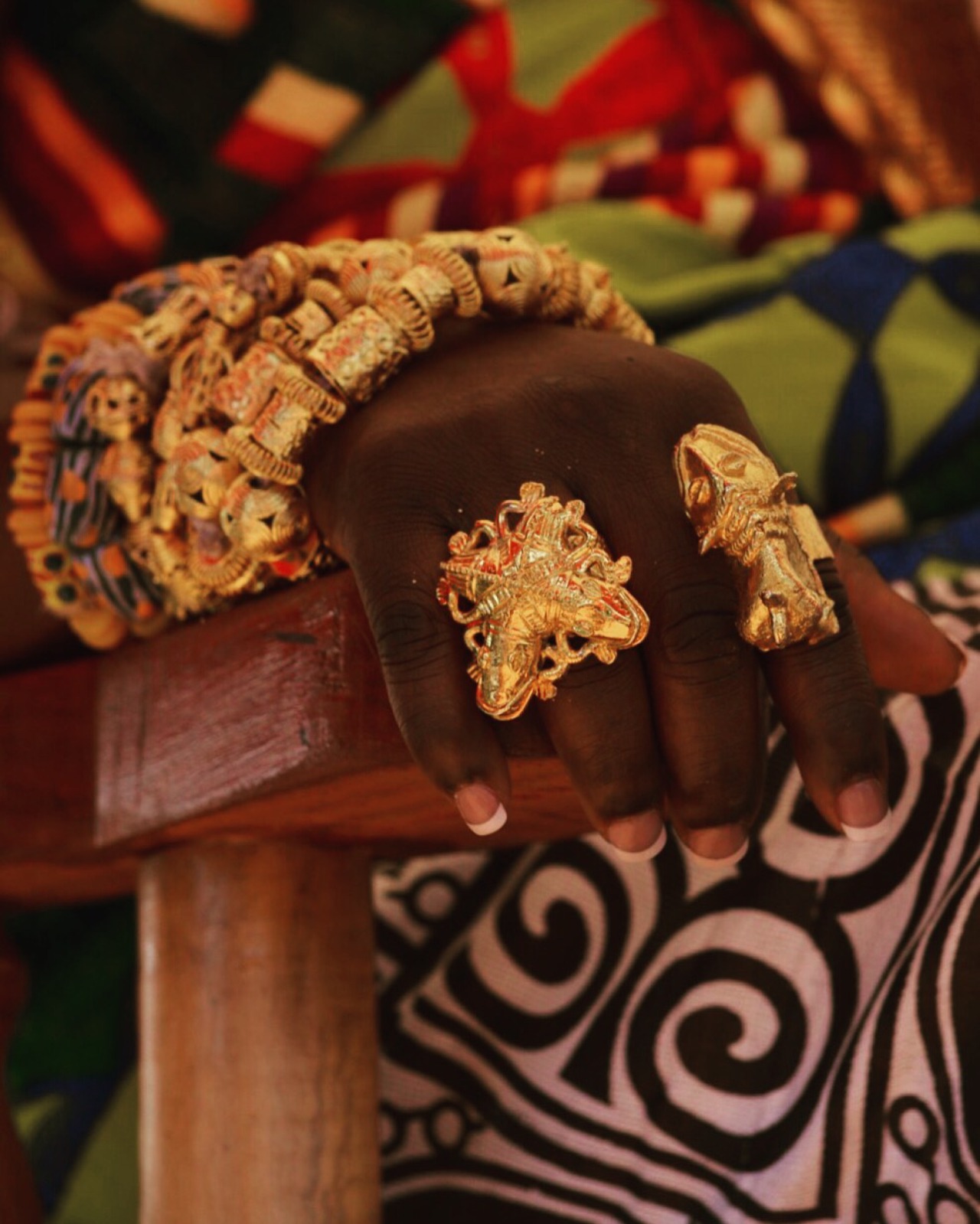
Queen mother of Adumasa Ghana
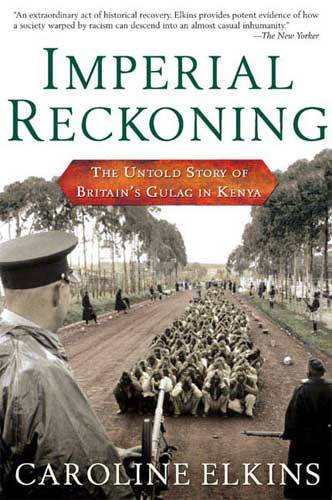
By the time I cut his balls off he had no ears, and his eyeball, the right one, I think, was hanging out of its socket. Too bad, he died before we got much out of him.“
[Imperial Reckoning, Caroline Elkins, p. 87]
Thank you for this wealth of knowledge
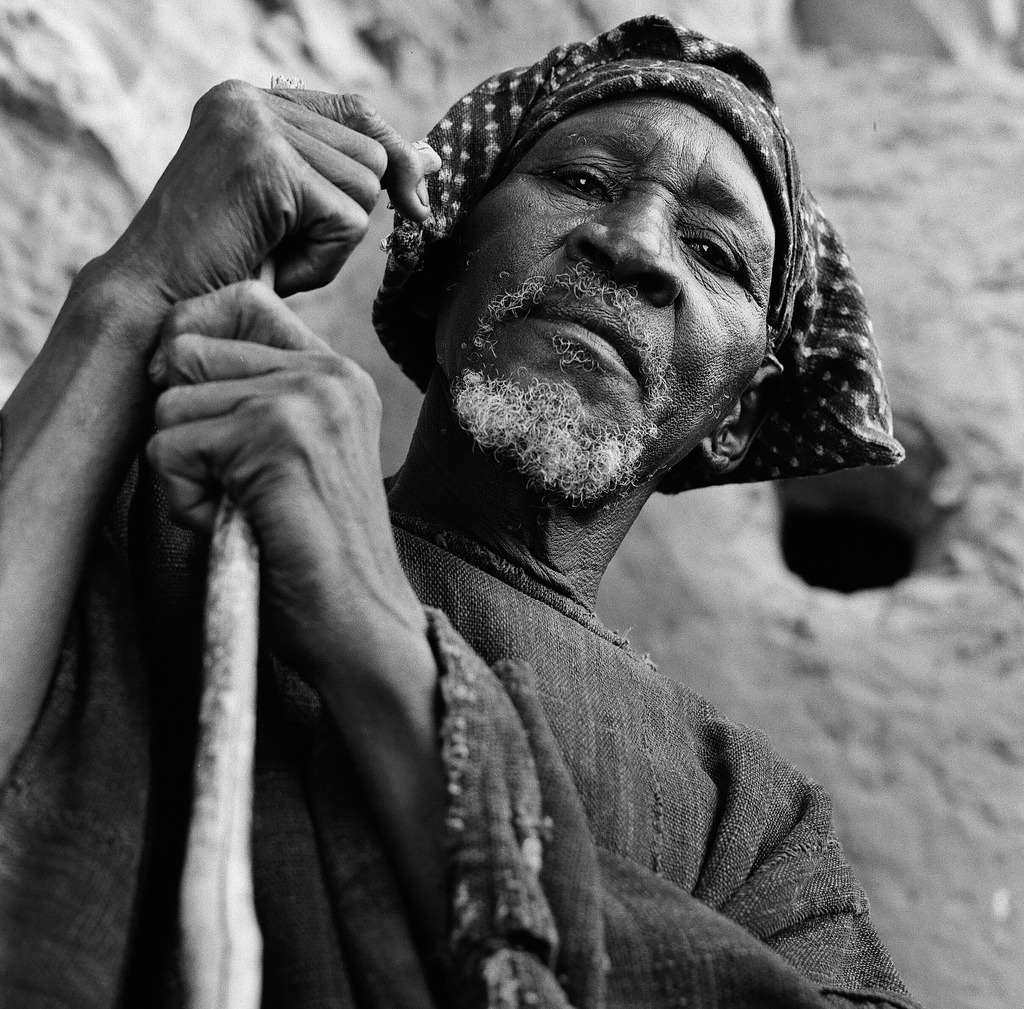
A Hogon is a spiritual leader in a Dogon village.
A hogon is a religious figure as well as a temporal authority;the hogon may be hereditary or may be chosen from among the village elders—custom varies from place to place. The hogon is always a man. After being chosen, a hogon must pass through several months without washing or shaving. After initiation, he wears a red cap, and a pearl bracelet. Hogon live alone and should be celibate, but a village girl may act as a maid. Nobody should touch the hogon.
It has become customary for tourists to bring small gifts of money or kola nuts for the hogon when visiting a village
According to legend, the first hogon, Lebe, was descended from a nommo. He was eaten by another nommo, and their spirits merged; the nommo vomited out a new Lebe (part human and part spiritual), plus copious liquid which shaped the landscape.
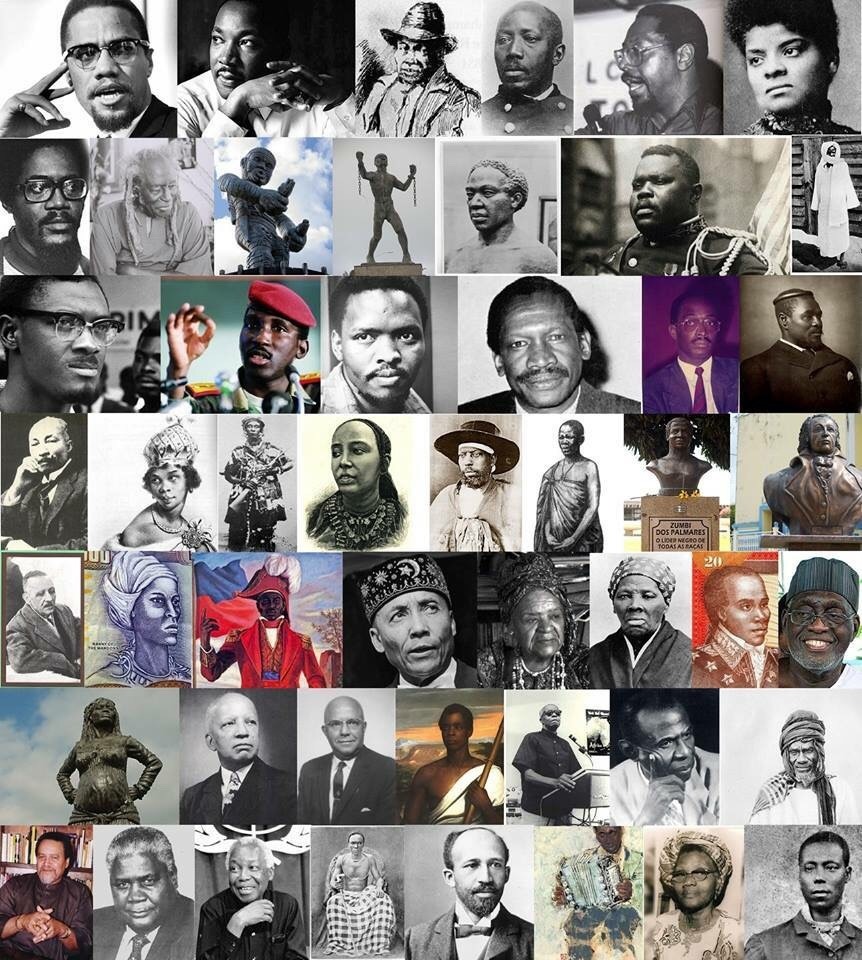
-Samuel Fosso
Row 1: Malcolm X, Martin Luther King Jr., Nat Turner, Martin Delany, Amos Wilson, Ida B. Wells
Row 2: Walter Rodney, Eusi Kwayana, Cuffy, Bussa, Sam Sharpe, Marcus Garvey, Cheikh Ahmadou Bamba
Row 3: Patrice Lumumba, Thomas Sankara, Steve Biko, Robert Sobukwe, Tavio Amorin, Cetshwayo
Row 4: Joseph Casely Hayford, Nzinga, Yaa Asantewaa, Taitu, Menelik II, Nehanda, Zumbi, Louis Delgrès
Row 5: Jose Correia Leite, Nanny, Jean-Jacques Dessalines, Elijah Muhammad, Queen Mother Moore, Harriet Tubman, Toussaint L’Ouverture, Makandal Daaga
Row 6 : La Mulâtresse Solitude, Carter G. Woodson, William Leo Hansberry, Joseph Cinqué, Chancellor Williams, Jean Price-Mars, Samory Touré
Row 7: Asa G. Hilliard III, Joshua Nkomo, Julius Nyerere, Nana Olomu, W.E.B. Du Bois, Madison, Funmilayo Kuti, Paul Bogle
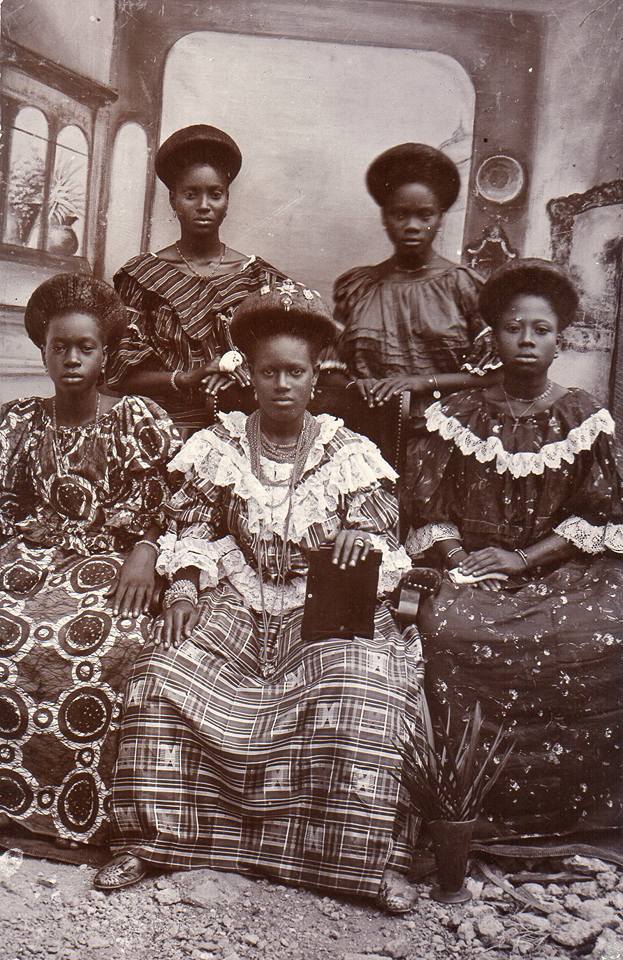
Vintage postcard, Ghana, ca 1900
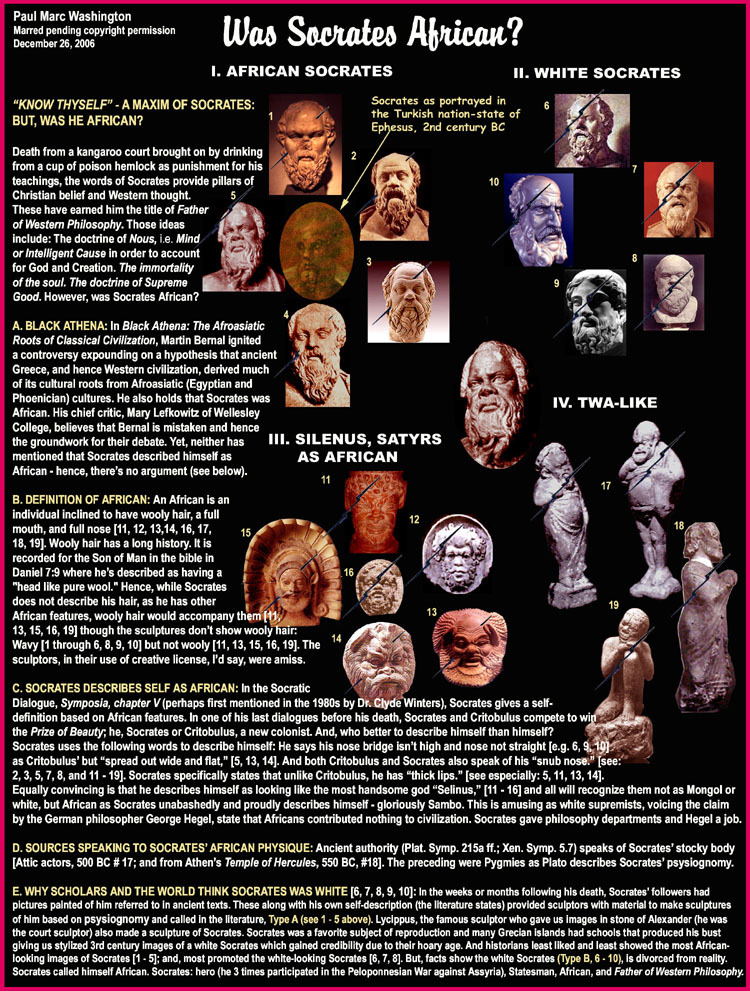
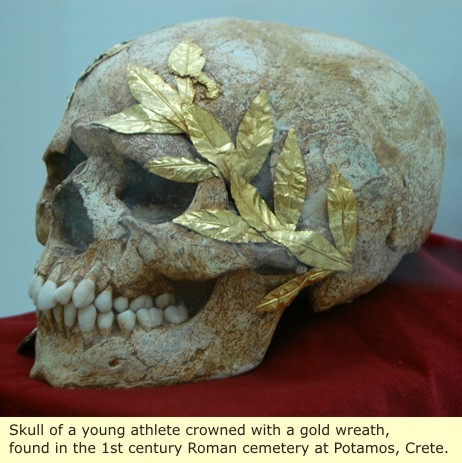
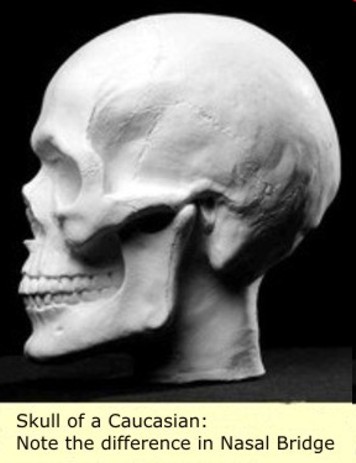
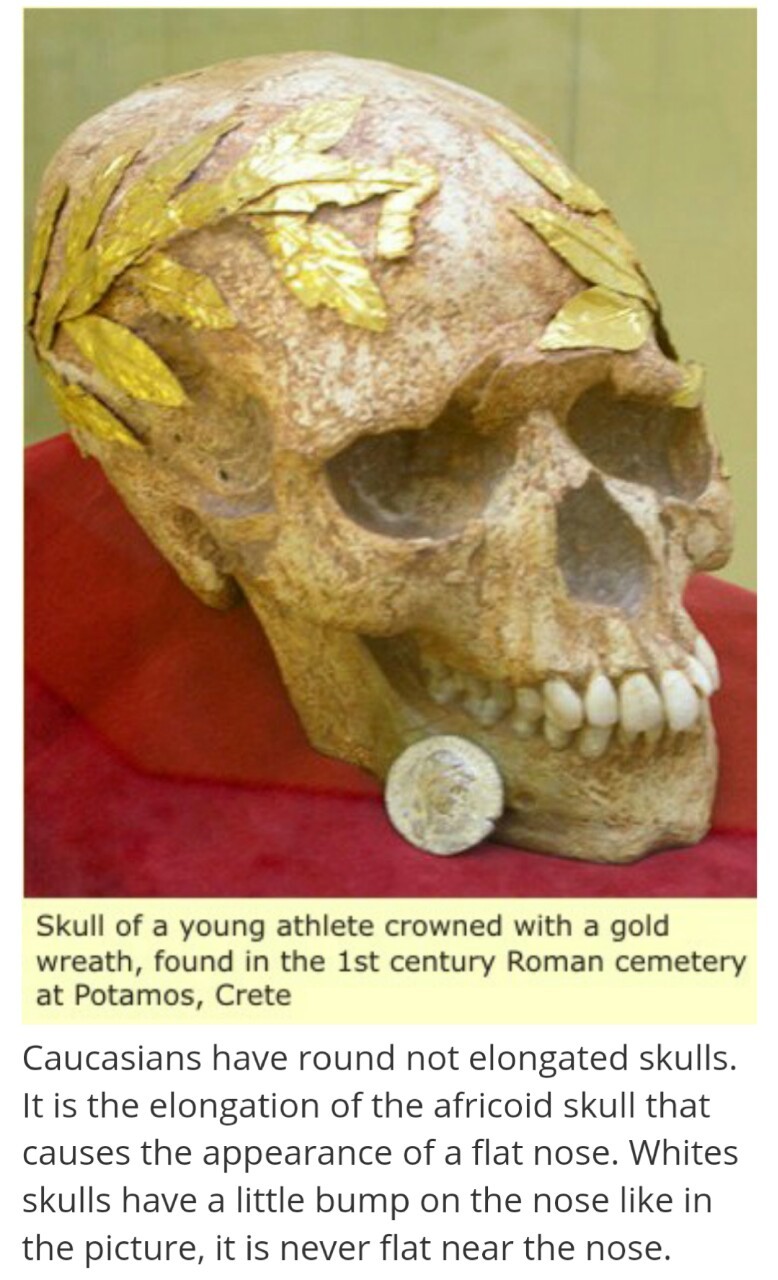
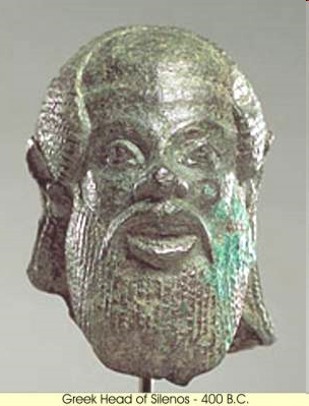
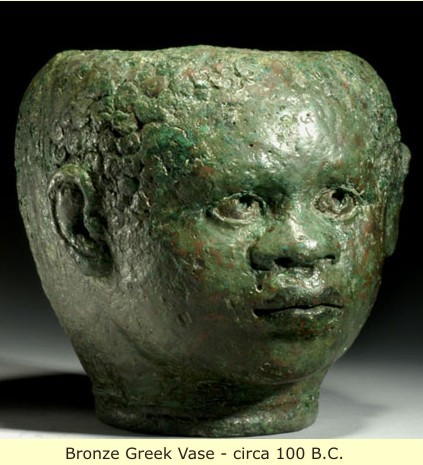
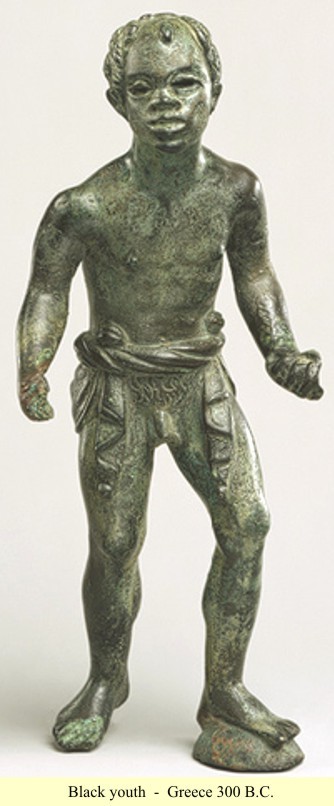
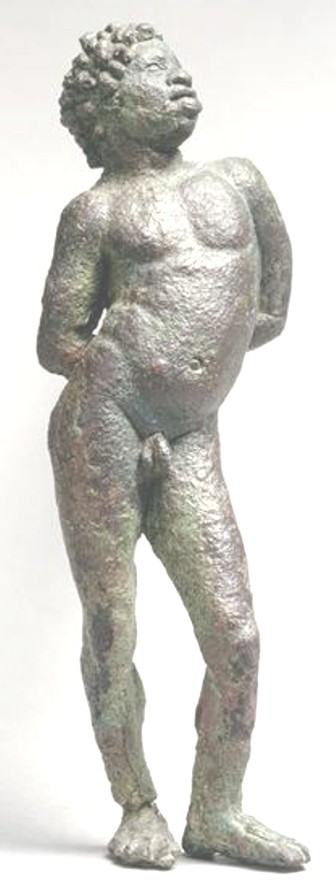
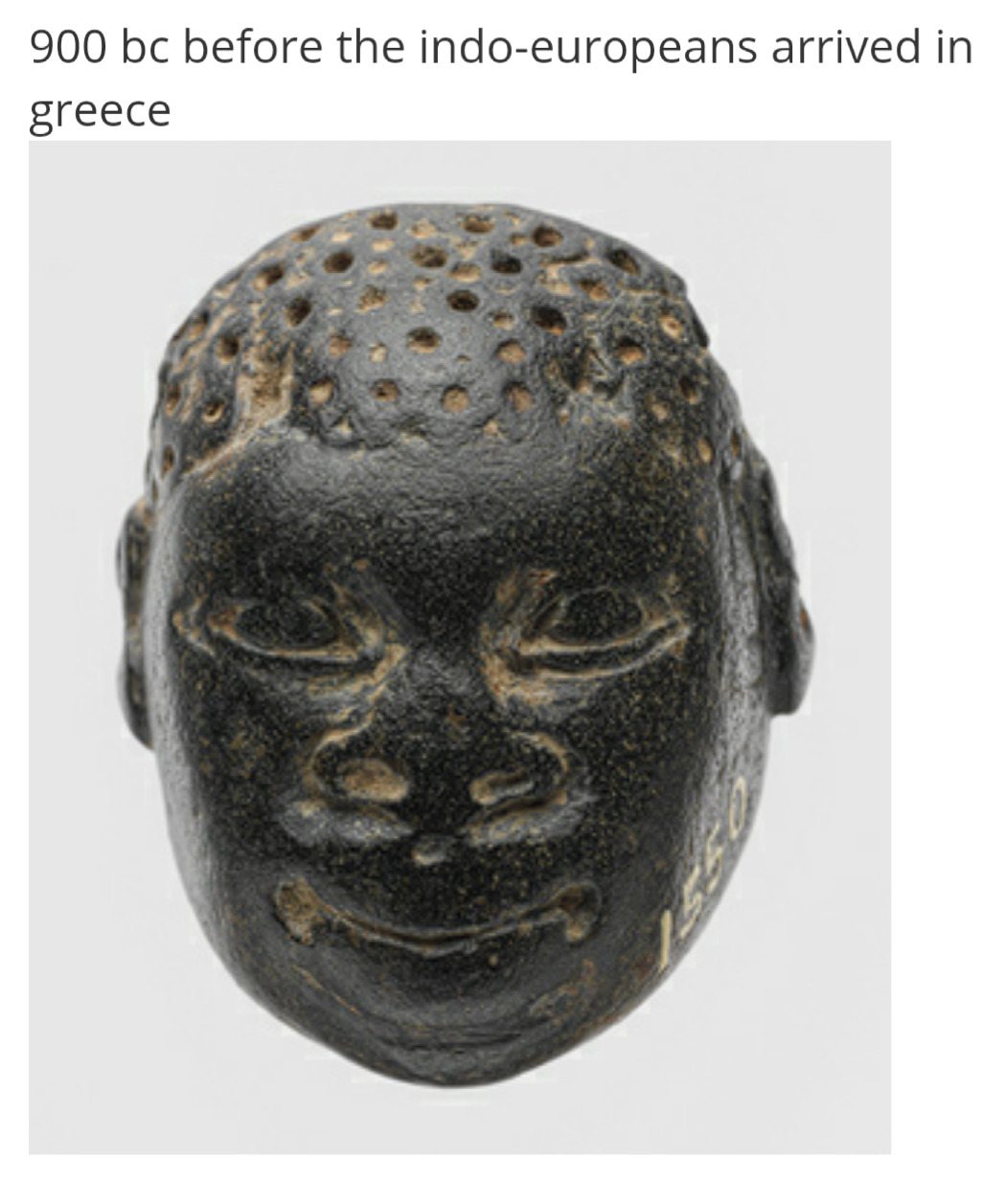
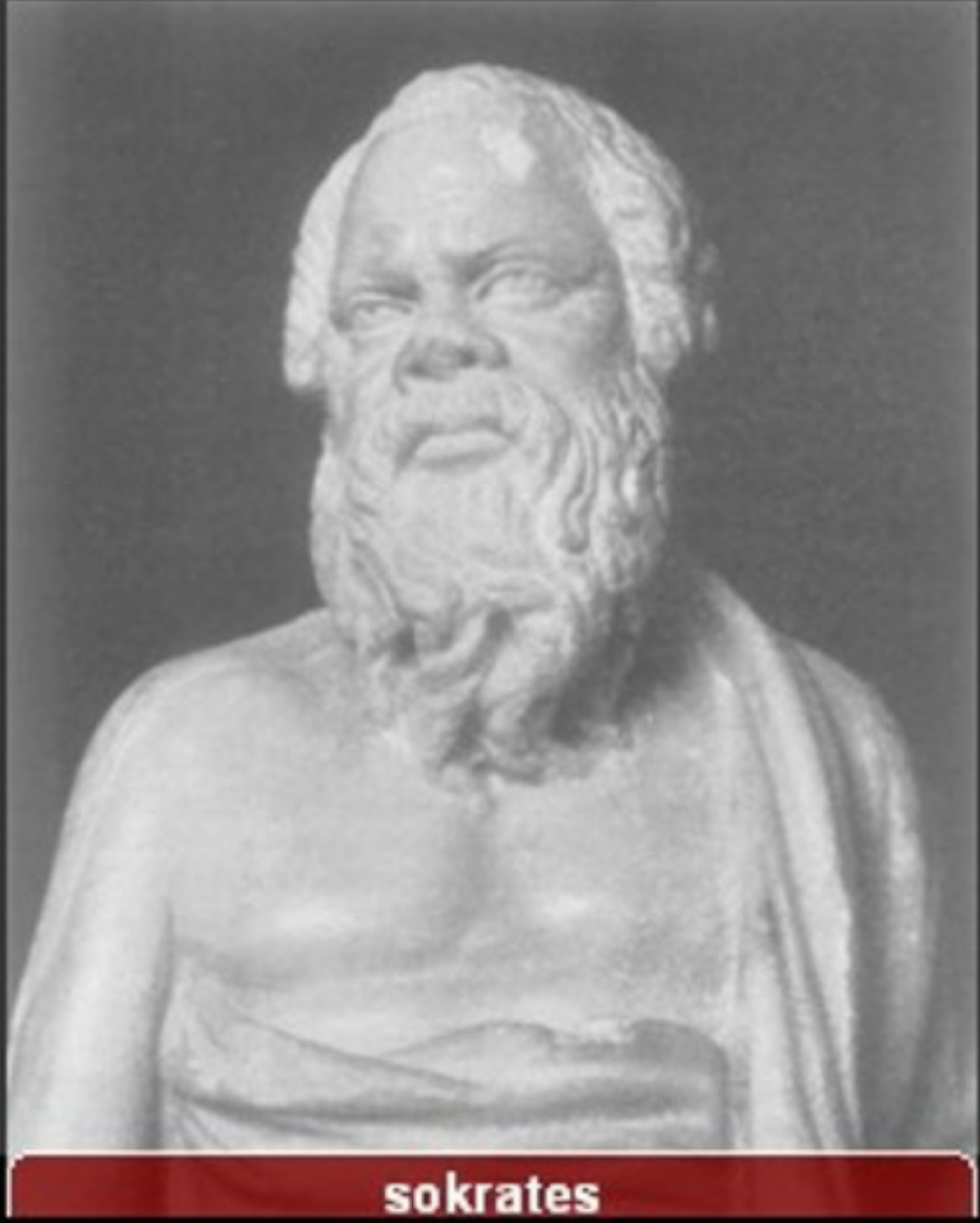
Was Socrates African?
Chapter V
Then Callias: Our eyes are on you, Critobulus. Yours to enter the lists[1] against the champion Socrates, who claims the prize of beauty. Do you hesitate?
[1] Soph. “Fr.” 234; Thuc. i. 93.
Soc. Likely enough he does, for possibly he sees Sir Pandarus stands high in their esteem who are the judges of the contest.
In spite of which (retorted Critobulus), I am not for drawing back.[2] I am ready; so come on, and if you have any subtle argument to prove that you are handsomer than I am, now’s your time, instruct us. But just stop one minute; have the goodness, please, to bring the lamp a little closer.
[2] Or, “I do; but all the same, I am not for shirking.” Cf. Aristoph. “Frogs,” 860, {etiomos eum egoge, kouk anaduomai, daknein}: “I’m up to it; I am resolved” (Frere); Dem. “de F. Leg.” 406 20: “His resolution never reached that point, but shrank back, for his conscience checked it” (Kennedy).
Soc. Well then, I call upon you first of all, as party to this suit, to undergo the preliminary examination.[3] Attend to what I say, and please be good enough to answer.
[3] The {anakrisis}, or “previous inquiry” (before one of the archons) of parties concerned in a suit, to see whether the action lay. Cf. Plat. "Charm.“ 176 C. See Gow, "Companion,” xiv. 74.
Crit. Do you be good enough yourself to put yourquestions.
Soc. Do you consider that the quality of beauty is confined to man, or is it to be found in other objects also? What is your belief on this point?
Crit. For my part, I consider it belongs alike to animals–the horse, the ox–and to many things inanimate: that is to say, a shield, a sword, a spear are often beautiful.
Soc. How is it possible that things, in no respect resembling one another, should each and all be beautiful?[4]
[4] See “Mem.” III. viii. 5, quoted by Galen, “de Usu Part.” i. 370.
Crit. Of course it is, God bless me! if well constructed by the hand of man to suit the sort of work for which we got them, or if naturally adapted to satisfy some want, the things in either case are beautiful.
Soc. Can you tell me, then, what need is satisfied by our eyes?
Crit. Clearly, the need of vision.
Soc. If so, my eyes are proved at once to be more beautiful than yours.
Crit. How so?
Soc. Because yours can only see just straight in front of them, whereas mine are prominent and so projecting, they can see aslant.[5]
[5] Or, “squint sideways and command the flanks.”
Crit. And amongst all animals, you will tell us that the crab has loveliest eyes?[6] Is that your statement?
[6] Or, “is best provided in respect of eyeballs.”
Soc. Decidedly, the creature has. And all the more so, since for strength and toughness its eyes by nature are the best constructed.
Crit. Well, let that pass. To come to our two noses, which is the more handsome, yours or mine?
Soc. Mine, I imagine, if, that is, the gods presented us with noses for the sake of smelling. Your nostrils point to earth; but mine are spread out wide and flat, as if to welcome scents from every quarter.
Crit. But consider, a snubness of the nose, how is that more beautiful than straightness?[7]
[7] Or, “your straight nose.” Cf. Plat. "Theaet.“ 209 C: Soc. "Or, if I had further known you not only as having nose and eyes, but as having a snub nose and prominent eyes, should I have any more notion of you than myself and others who resemble me?” Cf. also Aristot. “Pol.” v. 9, 7: “A nose which varies from the ideal of straightness to a hook or snub may still be a good shape and agreeable to the eye; but if the excess be very great, all symmetry is lost, and the nose at last ceases to be a nose at all on account of some excess in one direction or defect in the other; and this is true of every other part of the human body. The same law of proportion holds in states.”–Jowett.
Soc. For this good reason, that a snub nose does not discharge the office of a barrier;[8] it allows the orbs of sight free range of vision: whilst your towering nose looks like an insulting wall of partition to shut off the two eyes.[9]
[8] Or, “the humble snub is not a screen or barricade.”
[9] Cf. “Love’s Labour Lost,” v. 2. 568: Boyet. “Your nose says no, you are not, for it stands too right”; also “The Song of Solomon,” vii. 4: “Thy nose is thetower of Lebanon, which looketh toward Damascus.”
As to the mouth (proceeded Critobulus), I give in at once; for, given mouths are made for purposes of biting, you could doubtless bite off a much larger mouthful with your mouth than I with mine.
Soc. Yes, and you will admit, perhaps, that I can give a softer kiss than you can, thanks to my thick lips.
Crit. It seems I have an uglier mouth than any ass.
Soc. And here is a fact which you will have to reckon with, if further evidence be needed to prove that I am handsomer than you. The naiads, nymphs, divine, have as their progeny Sileni, who are much more likemyself, I take it, than like you. Is that conclusive?
Nay, I give it up (cried Critobulus), I have not a word to say in answer. I am silenced. Let them record the votes. I fain would know at once what I must suffer or must pay.[10] Only (he added) let them vote in secret.[11] I am afraid your wealth and his (Antisthenes’) combined may overpower me.
[10] For this formula see “Dict. Ant." {timema}. Cf. "Econ.” xi. 25; Plat. "Apol.“ 36 B; "Statesm." 299 A; "Laws,” freq.; Dem. 529. 23; 533. 2.
[11] And not as in the case described (Thuc. iv. 74), where the people (at Megara) were compelled to give sentence on the political opponents of the oligarchs by an open vote. Cf. Lysias, 133, 12, {ten de psephon ouk eis kadiskous, alla phaneran epi tas trapezas tautas dei tithenai}.
Accordingly the boy and girl began to register the votes in secret, while Socrates directed the proceedings. He would have the lamp- stand[12] this time brought close up to Critobulus; the judges must on no account be taken in; the victor in the suit would get from the two judges, not a wreath of ribands[13] for a chaplet, but some kisses.
[12] {ton lukhnon} here, above, S. 2, {ton lamptera}. Both, I take it, are oil-lamps, and differ merely as “light” and “lamp.”
[13] Cf. Plat. "Symp.“ 213; "Hell." V. i. 3.
When the urns were emptied, it was found that every vote, without exception, had been cast for Critobulus.[14]
[14] Lit. "When the pebbles were turned out and proved to be with Critobulus, Socrates remarked, ‘Papae!’” which is as much to say, “Od’s pity!”
Whereat Socrates: Bless me! you don’t say so? The coin you deal in, Critobulus, is not at all like that of Callias. His makes people just; whilst yours, like other filthy lucre, can corrupt both judge and jury.[15]
[15] {kai dikastas kai kritas}, “both jury and presiding judges,” i.e. the company and the boy and girl.
.
[A] Symposium, Chapter V: Socrates defines self as African.
Evaluation of plethora of 3rd century BC Sculptures of Socrates. Site Backup.
[C] 3rd Century BC Bust of Socrates in Hermitage Museum in St. Petersburg, Russia. Site Backup.
Rwanda traditional hairstyle
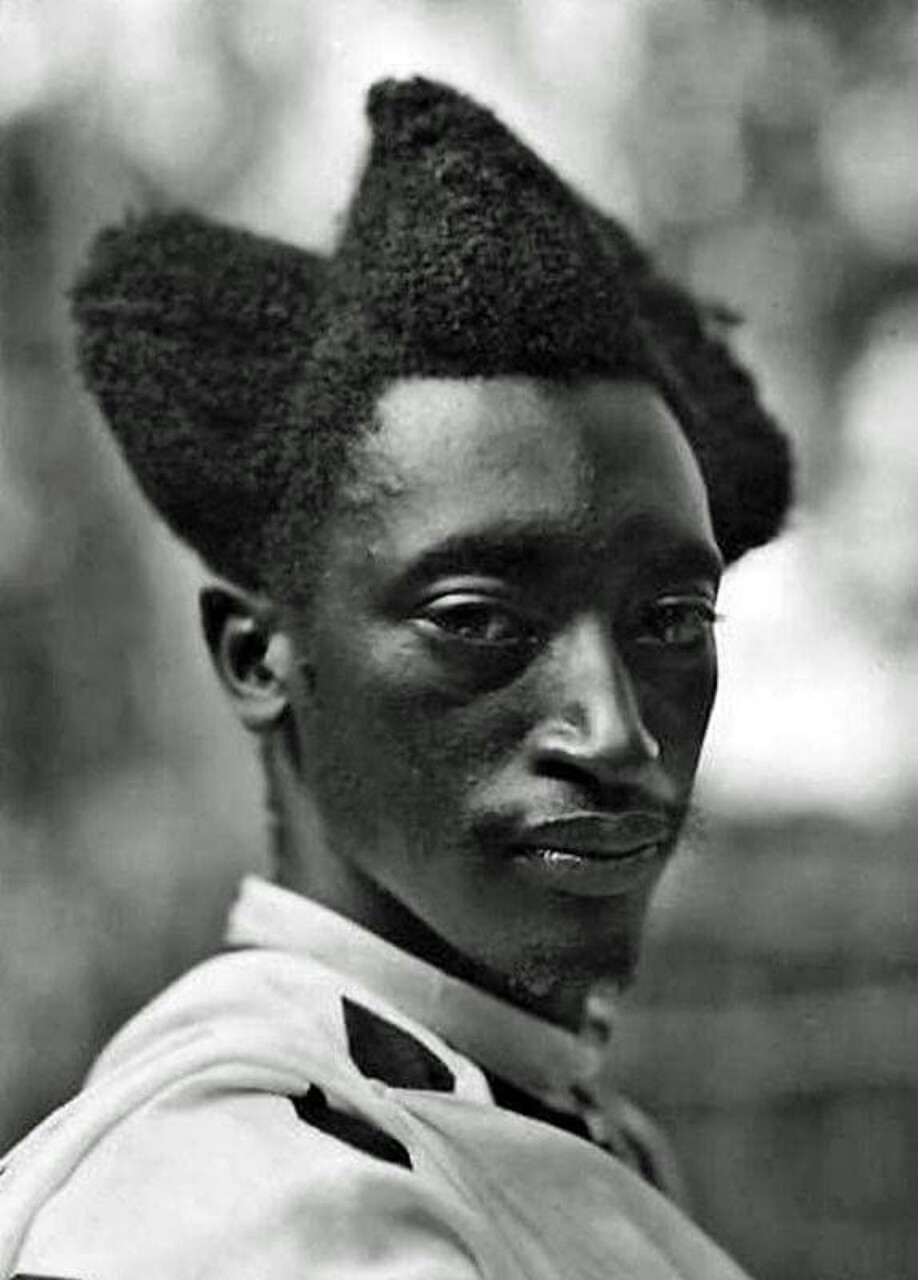
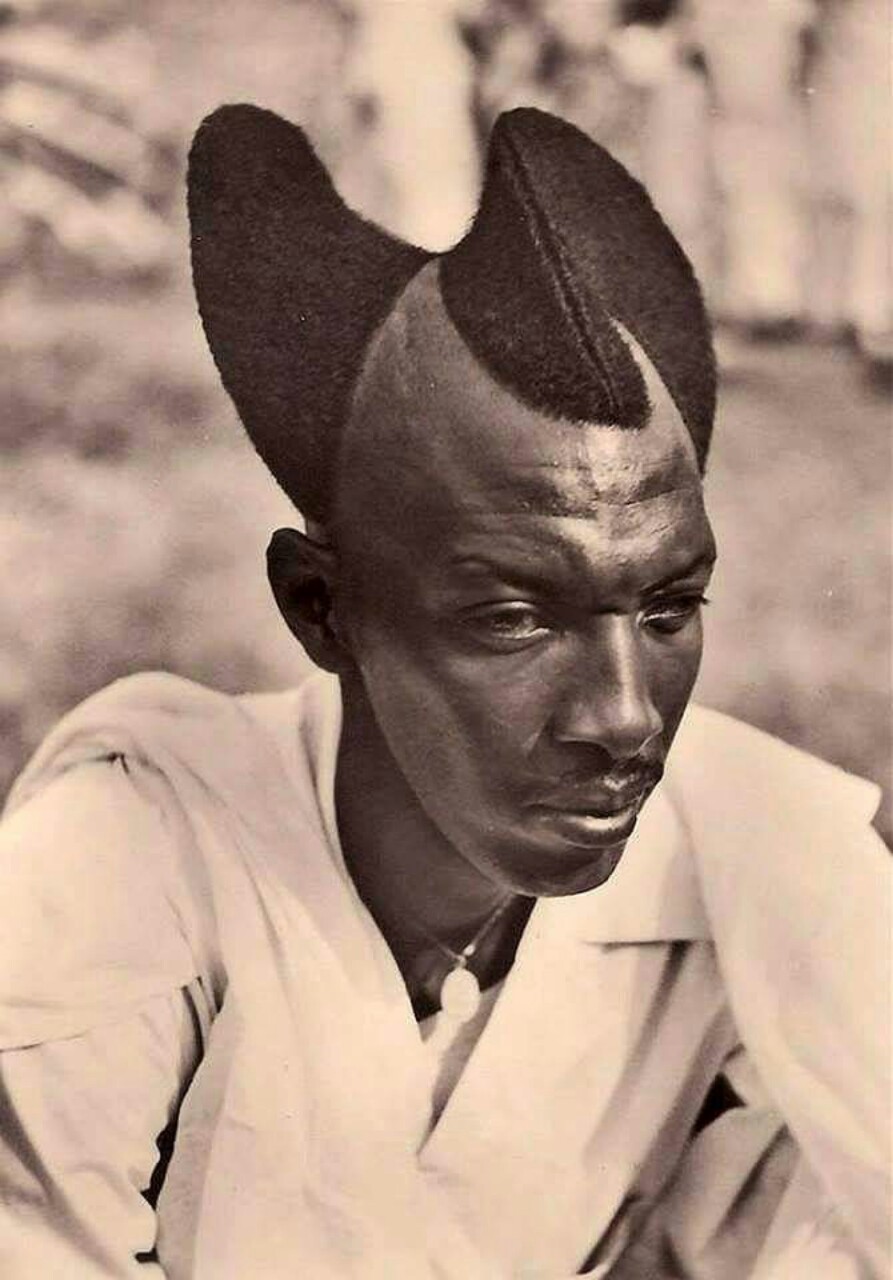
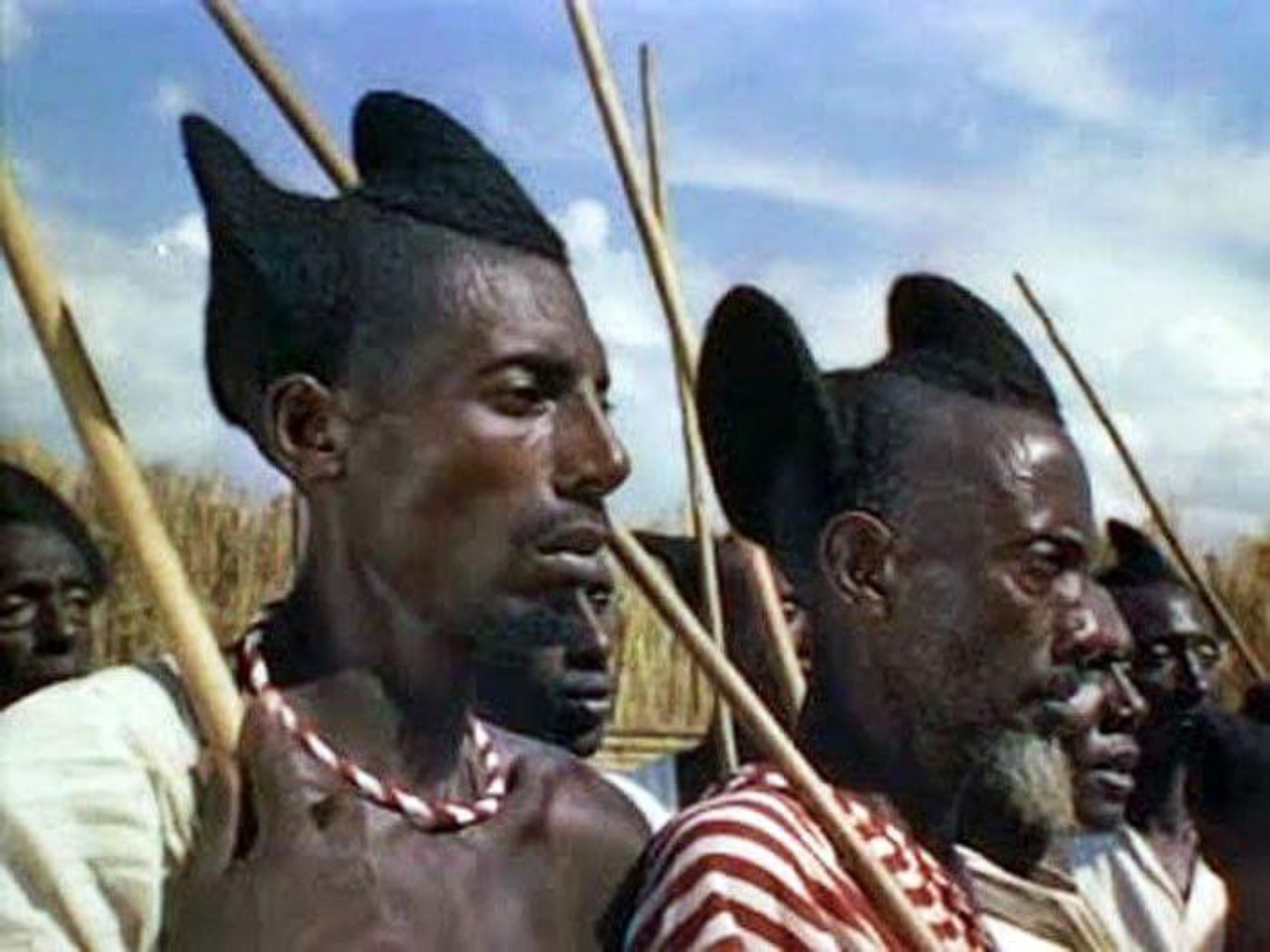
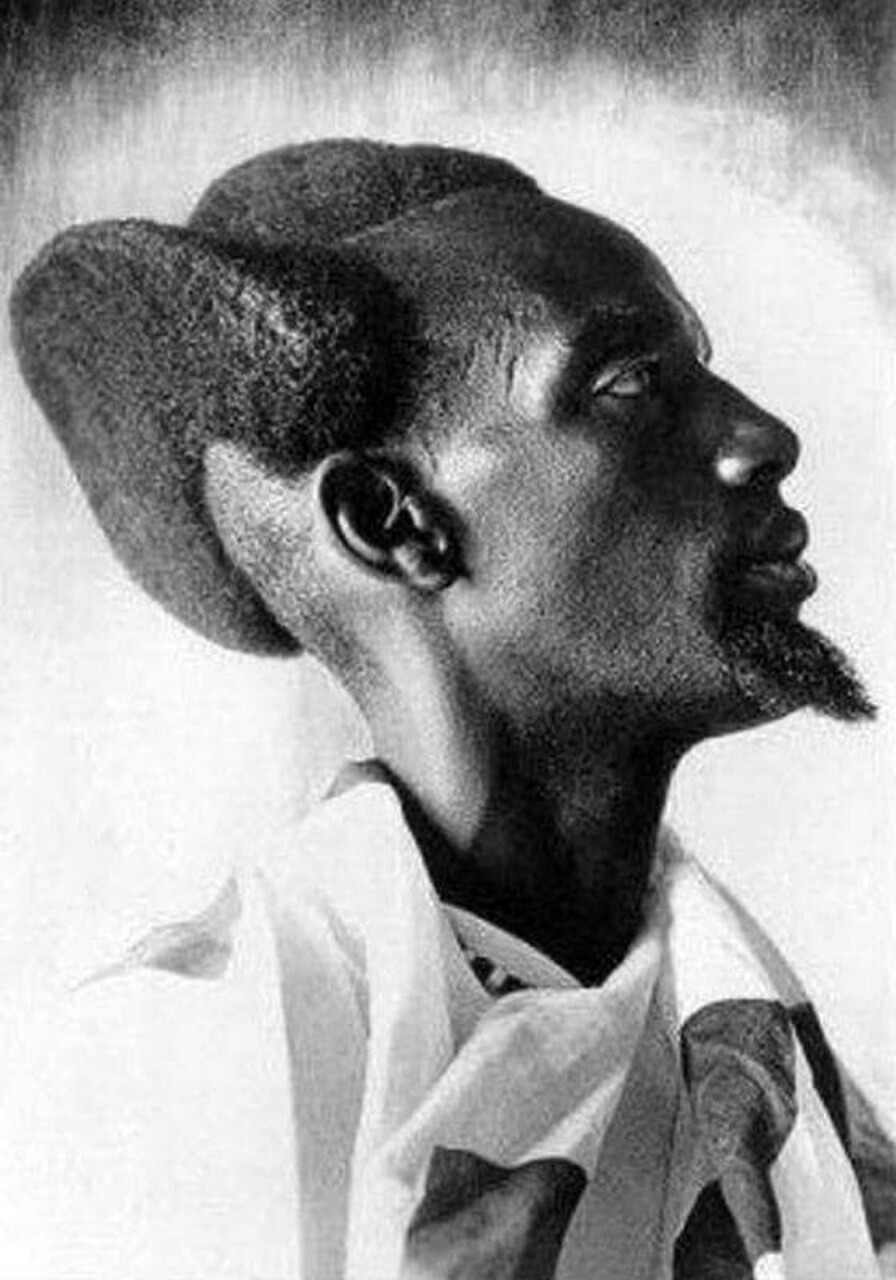
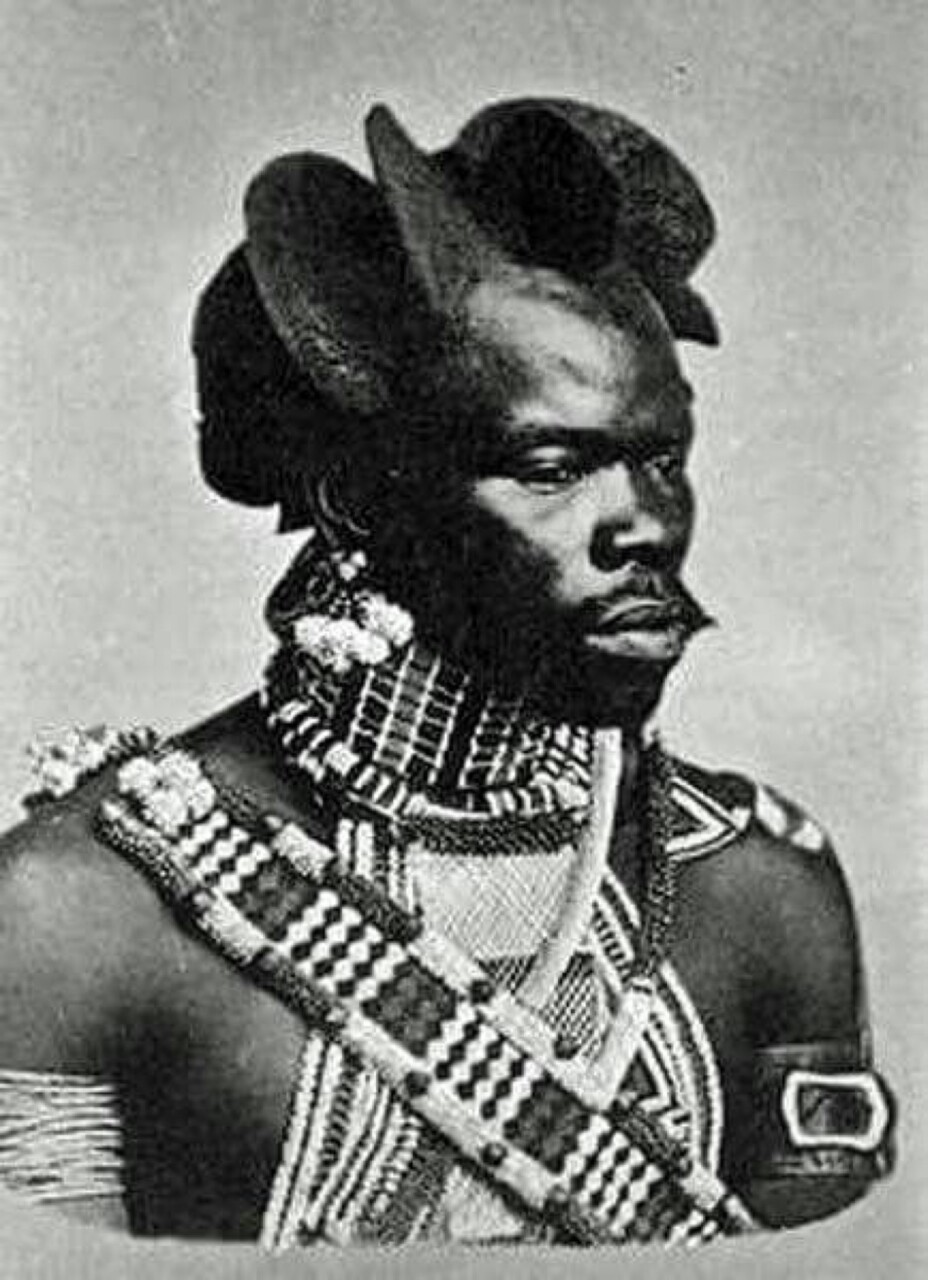
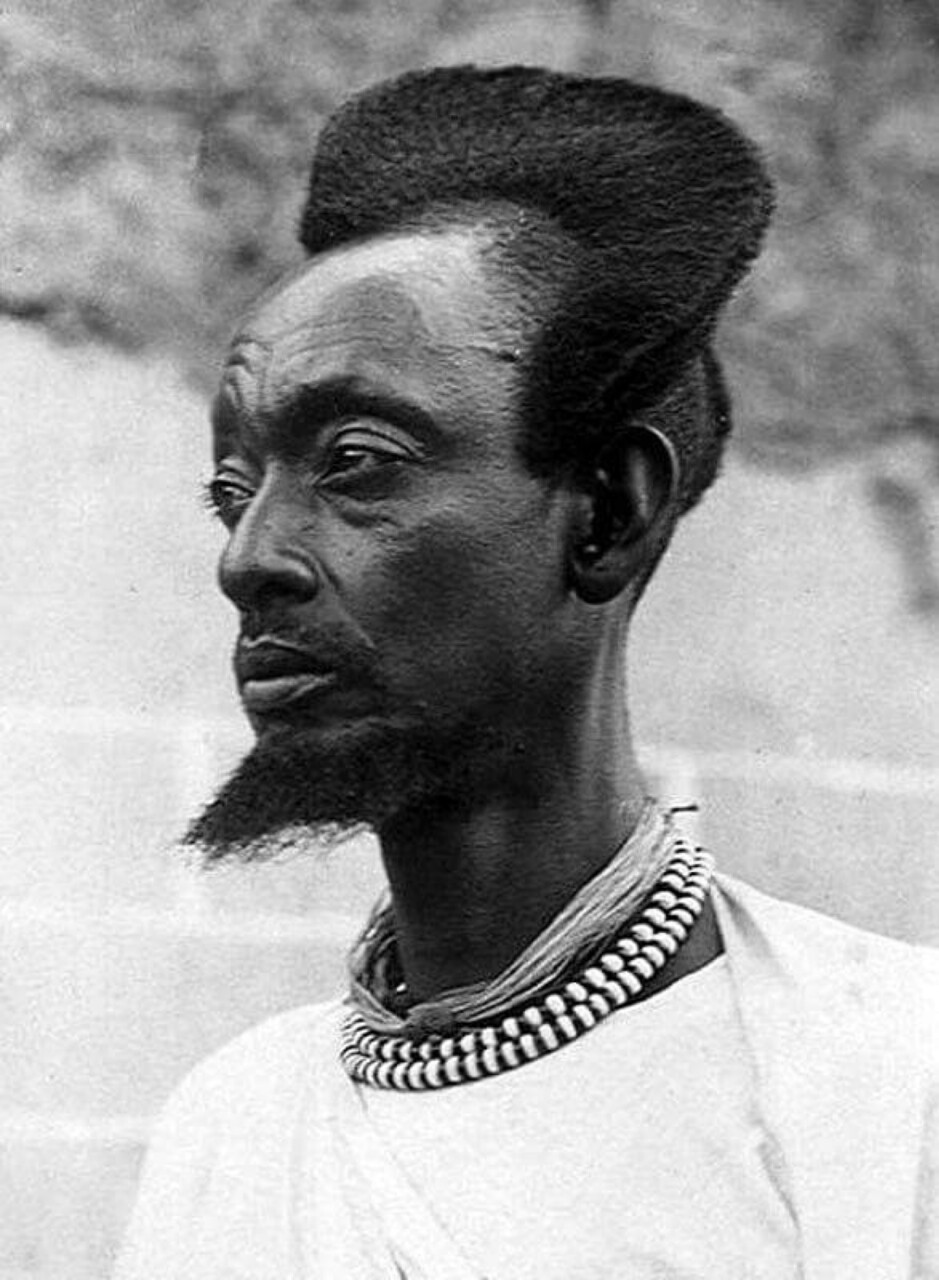
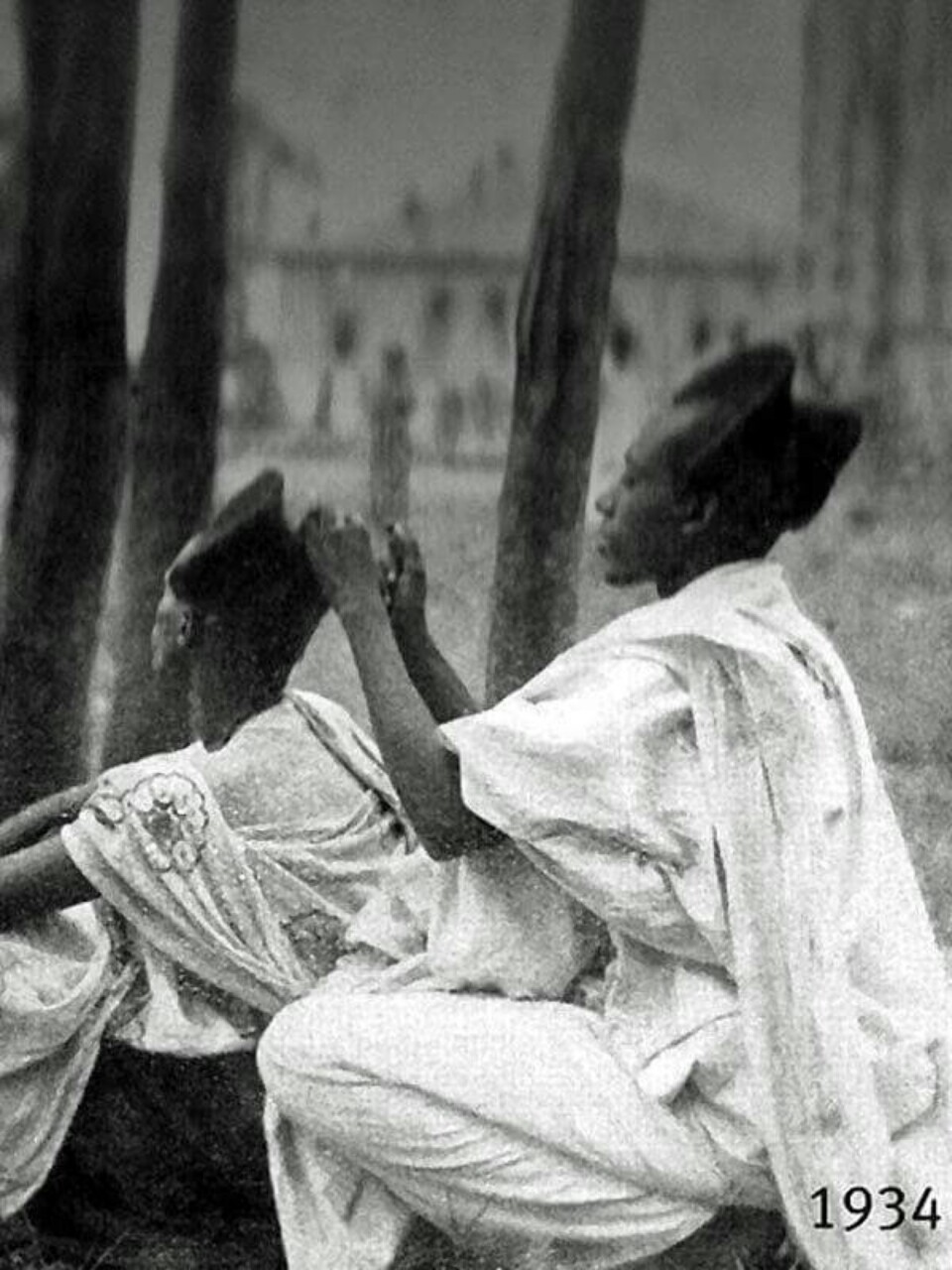







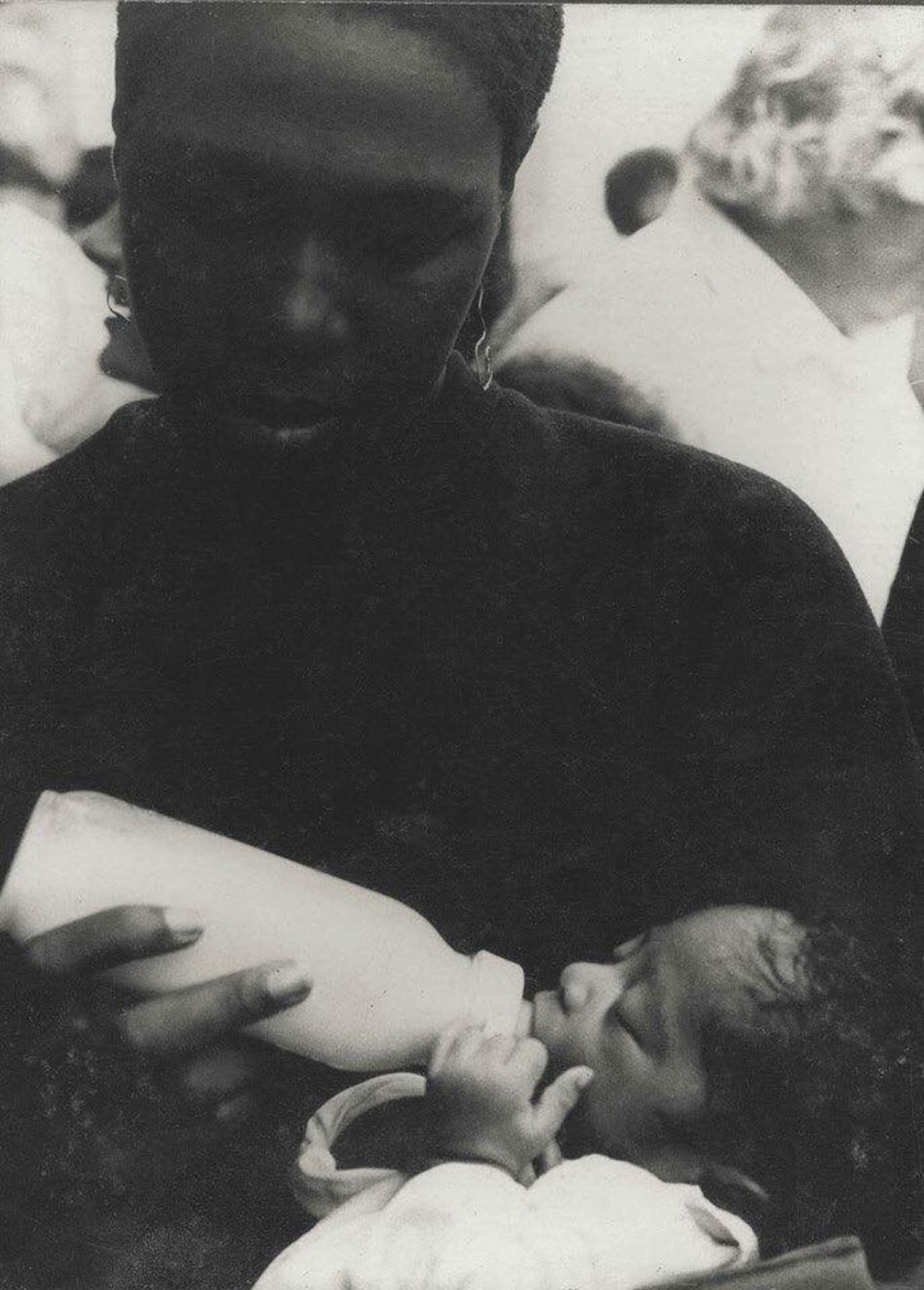
Afeni Shakur & baby Tupac after Panther 21 trial.
Photography by Barbara Caress.
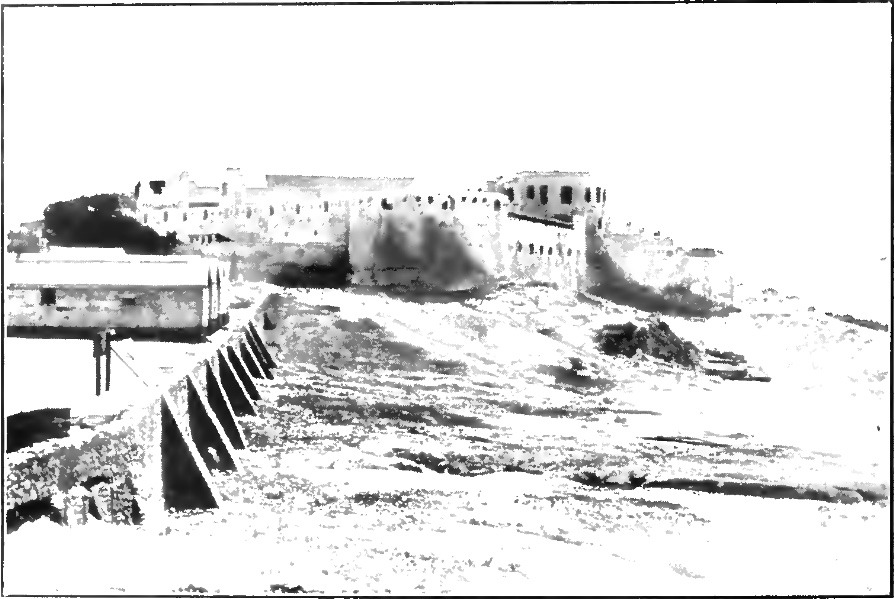
Archaeologists Unearth a 70000 Year Old African Settlement
A group of Polish Archaeologists working for the Institute of Archaeology and Ethnology in Poznan have managed to uncover the remains of a 70000 year old African settlement in Northern Sudan. This discovery is believed to completely contradict all theories and previous findings about life in Africa. Researchers state that the present belief was that that permanent structures were associated to the Great Exodus out of Africa and the process of occupying much cooler territories in Asia and Europe. No wonder, the entire world is looking at the developments of this excavation project with utmost interest.
The excavation site has been termed as Affad 23. It is currently known to be the only permanent settlement in the entire Nile Valley which shows that homo sapiens had built sizeable permanent structures and successfully adapted to the conditions and temperatures of the wetland environment. The evidence also points to a direction that makes it clear that human development and the process of adaptation to the surrounding environment was much more advanced in Africa during the Middle Palaeolithic era than what was previously believed.
According to Dr. Marta Osypinska, the project director of Affad 23, the discoveries made in the project are unique. She further stated that the team came across certain wooden structures last season as well. However, it was only this year that they managed to pinpoint the exact location of this 70000 year old African settlement and also manage to identify a range of utility areas such as a space for cutting animal carcasses and a large flint workshop. The fact that both these utilities were located at a considerable distance from the settlement also showcases the kind of intellect that the people of the era had.
Researchers are currently working on the various animal species that were hunted by early humans. According to reports, despite their simple flint tools that were manufactured using the Levallois method, these early humans managed to hunt dangerous animals such as hippos, buffalos and elephants as well as small animals such as monkeys, cane rats and other rodents that lived the wetlands.
Dr. Marta Osypinska also stated that the researchers plan to date the exact time period during which the early humans lived in this settlement using optically stimulated luminescence. She states that it is already known that the Middle Palaeolithic settlements in Affad came about during the end of the wet period, as is already indicated by the animals that were hunted and other environmental data. However, what makes it confusing is that these ecological conditions occurred two times in history – once about 25 millennia ago and once about 75 millennia ago. Determining which of these time frames the Affad 23 site belonged to is the most important objective of this project. Piotr Osypinski, a pre-history expert, believes that the answer to this question might even change the way the world looks at history.
Scientists from the Oxford Brookes University are working in tandem with the Polish archaeologists in order to analyze the geological history of the surrounding area and determine the environmental conditions that prevailed in the Nile region around the late Pleistocene era. This should help them to identify the factors that allowed the Affad 23 site to preserve itself over the millenniums.
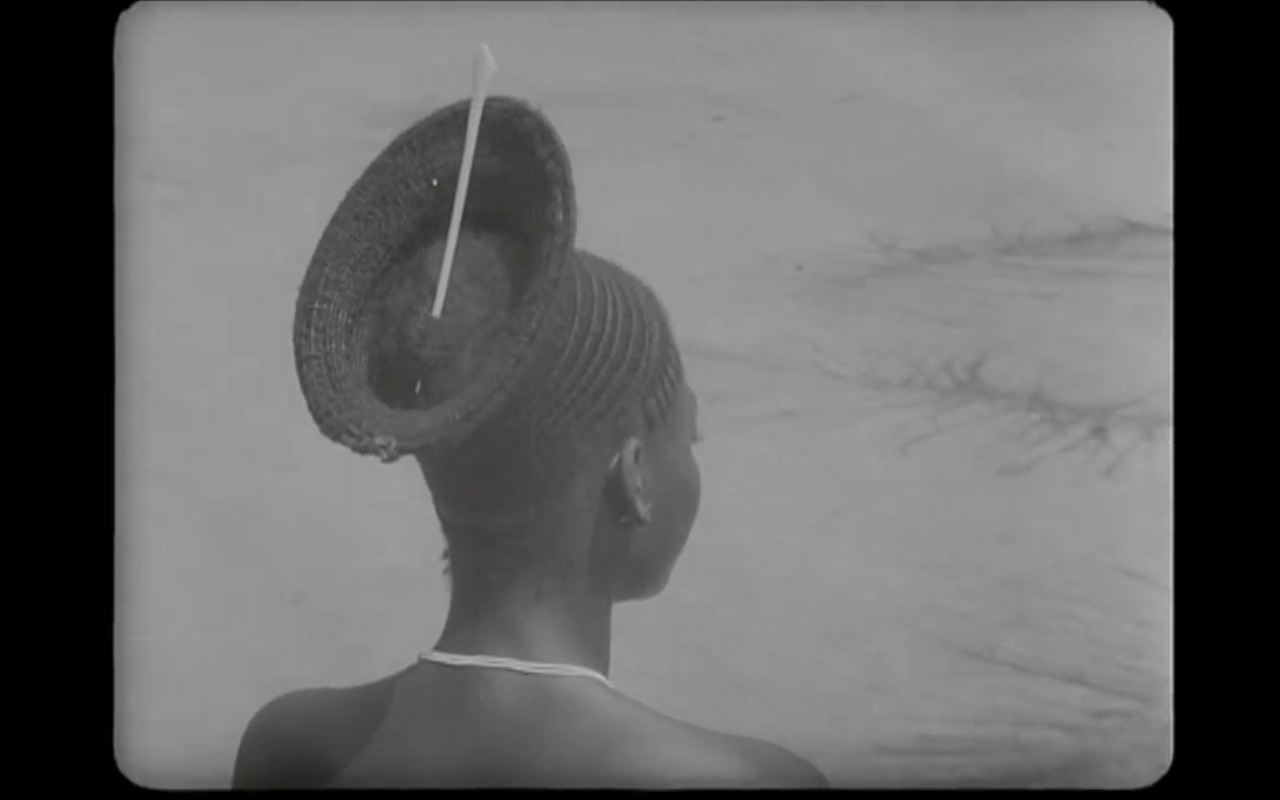
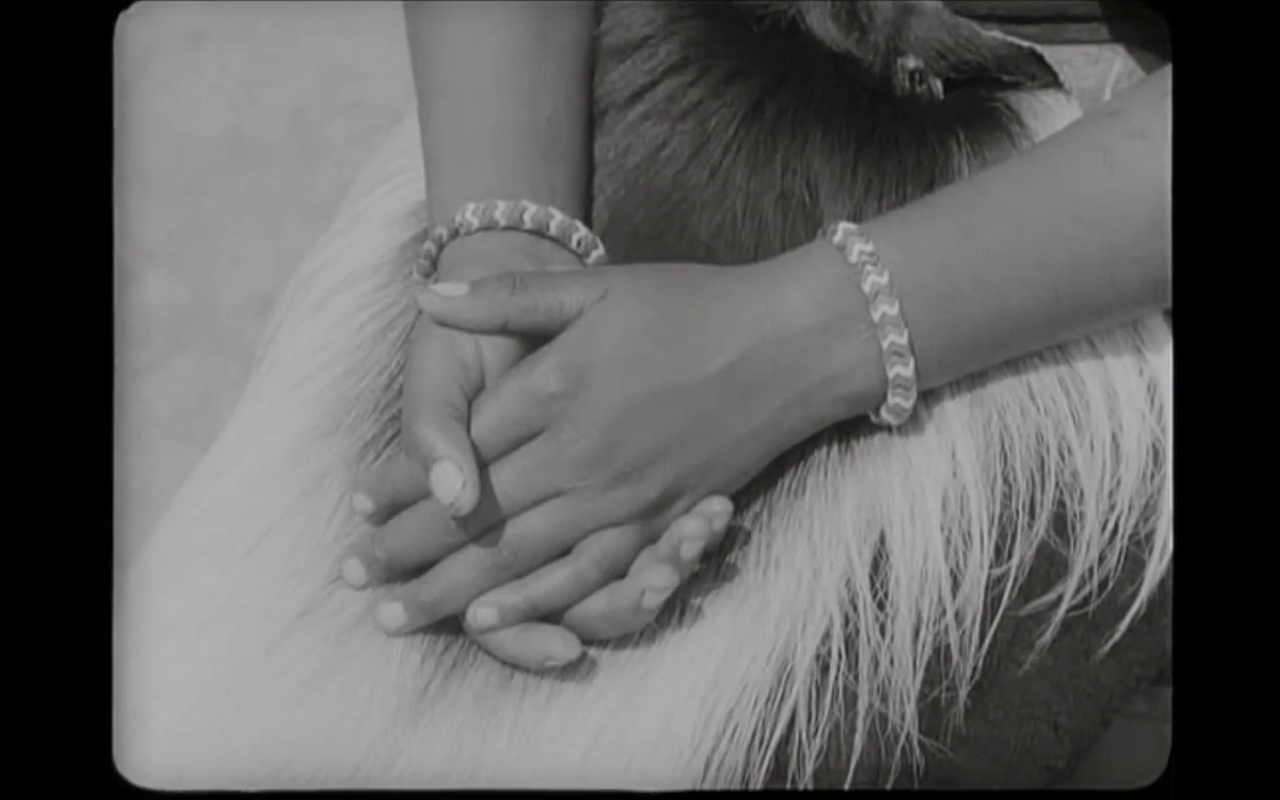
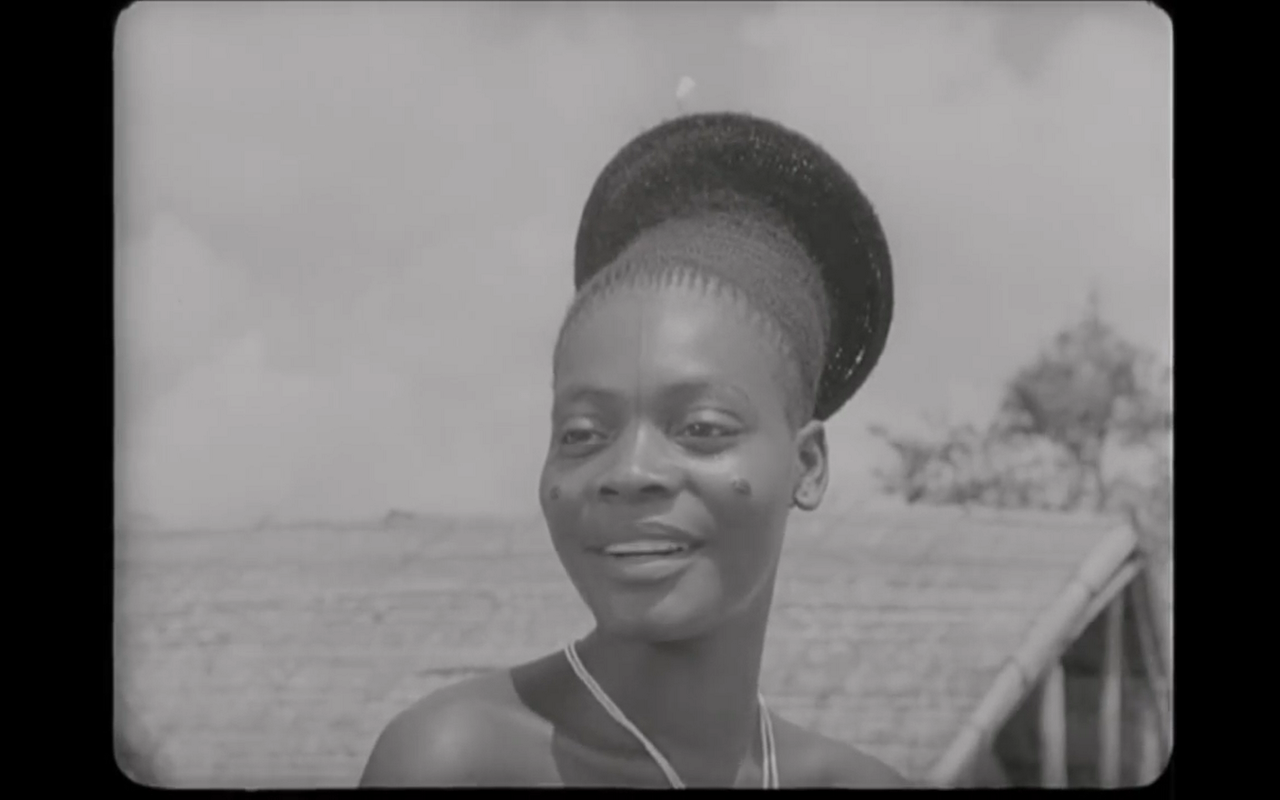
Stills from a colonial documentary about the Mangbetu people of Northeastern Congo
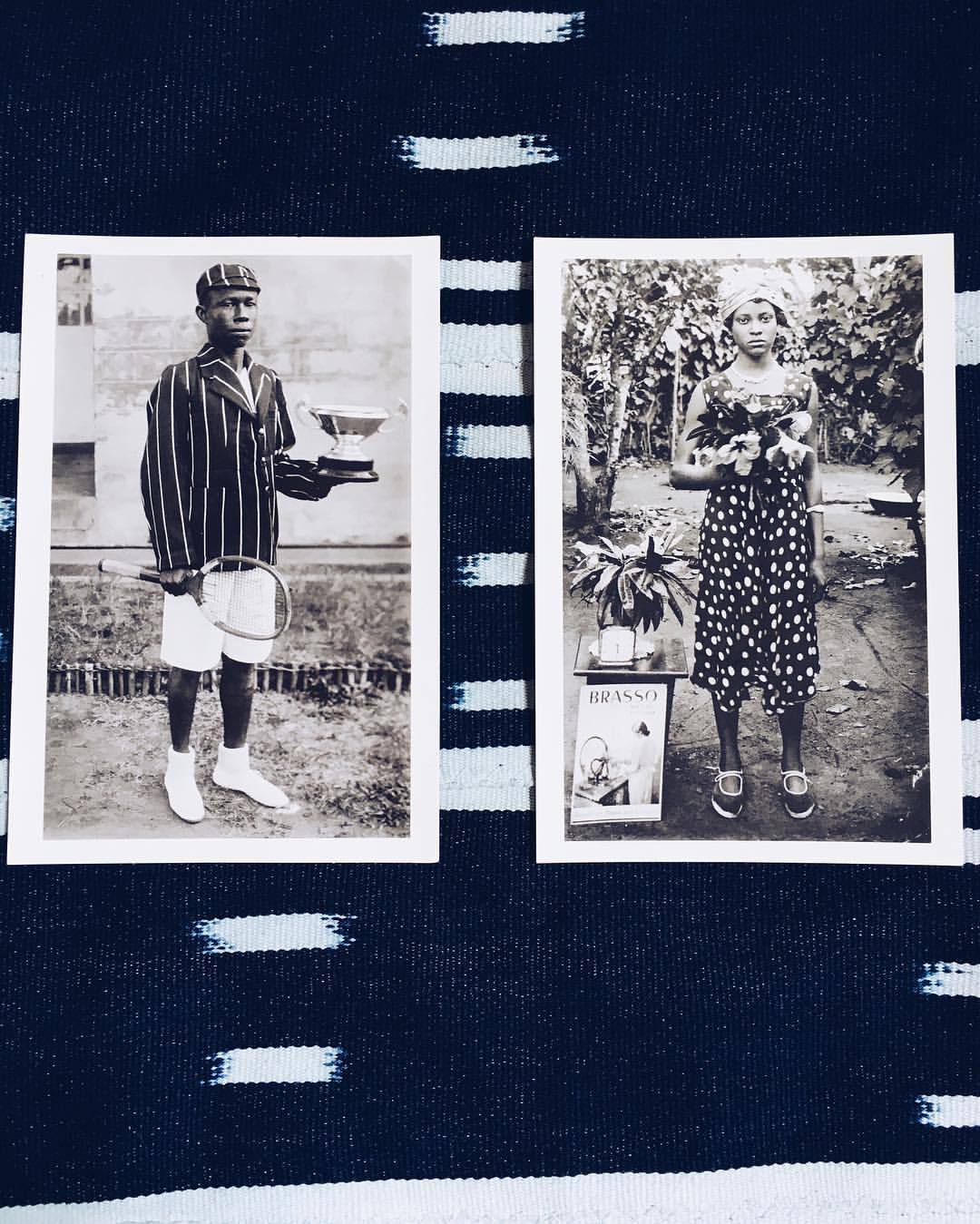
https://www.instagram.com/kentegentlemen/
[On the right, “Tennis prize winner”. Benin City, Nigeria. On the left, “Dame Merry Oritsetimeyin Ehanire, née Cardigan, at age 28” Benin City, Nigeria.] #KenteGentlemen prints in the background
-
Dubbed by the Smithsonian as “the man who reclaimed photography from colonialism’s grasp”, Chief Salomon Osagie Alonge was a self-taught photographer and pioneer of Nigerian photography. “He was important in terms of the ceremonial aspects of Benin City culture, but also just the everyday, social history of Benin”, says archivist Amy Staples. Benin City is the capital of the Edo state and has been home to the Benin people for 800 years. “When he takes photos, it doesn’t fade in time”, says Alonge’s eldest daughter, Christiana Uzebu.
-
Inspiration for @KenteGentlemen
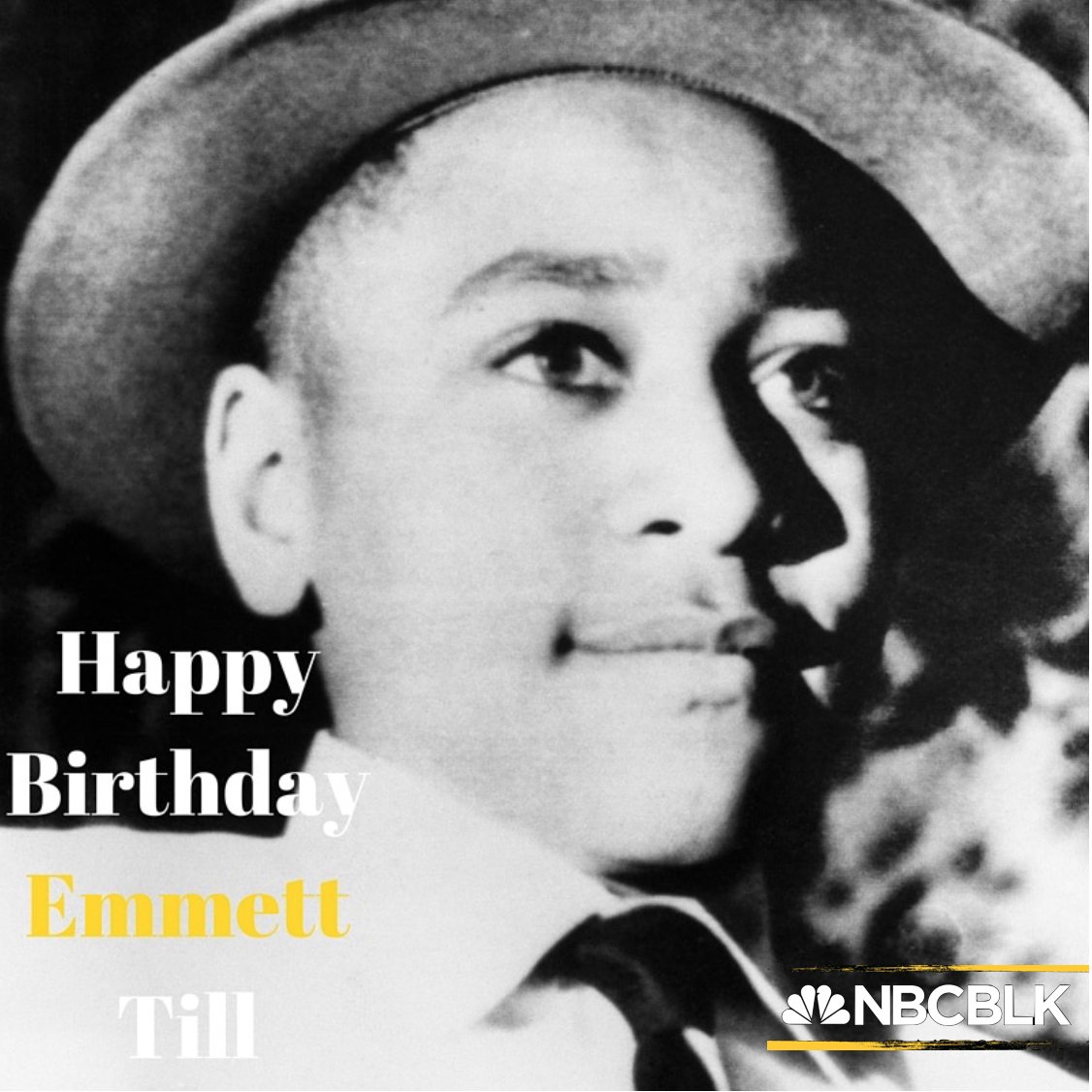
Emmett Till would have been 75 years old today
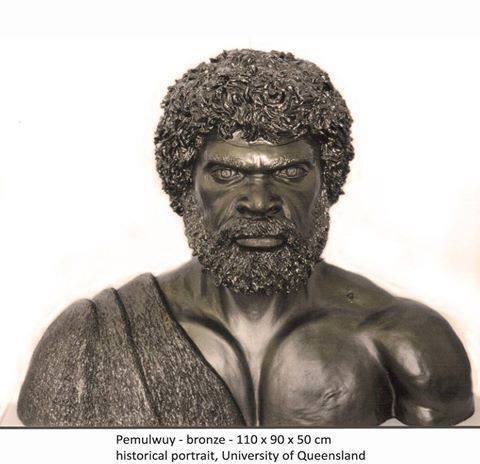
The great Black leader that we celebrate today is Pemulwuy of Australia. Pemulwuy, born around 1750, was an Aboriginal Australian man born in the area around what is now Botany Bay in New South Wales. He is believed to have been a member of the Bidjigal clan of the Eora people (a coastal Aboriginal people). He was the fiercest resistance leader to the European invasion of Australia, which began with the arrival of what is called the First Fleet in 1788.
Reacting to the murders of Aboriginal people the Bidjigal clan, led by Pemulwuy, became the most aggressive opponents to the British invaders. In 1790 Pemulwuy speared a European to death.
Pemulwuy persuaded other Aboriginal people to join his campaign against the British and for ten years led a guerilla war against the British from the settlement of Parramatta.
In March 1797, Pemulwuy led a hundred armed Aboriginal men and confronted the British troops in Parramatta. In the fight Pemulwuy was shot seven times and taken seriously wounded to a hospital. This engagement is now as the Battle of Parramatta. In spite of the buckshot in his head and body, and wearing a leg-iron, Pemulwuy escaped from the hospital. This escape has added immeasurably to the legend of Pemulwuy.
Governor Philip Gidley King issued an order on November 22, 1801 for the capture of Pemulwuy, dead or alive. Pemulwuy was made an outlaw, and in 1802 was shot and killed by British sailor Henry Hacking. For the next eight years Pemulwuy’s son continued the Aboriginal resistance to the British until he too was killed.
Pemulwuy’s head was removed from his body, preserved in alcohol and sent to England, where it remains to this day.
Repatriation of the skull of has been requested by Sydney Aboriginal people but “has not yet been located in order to be repatriated.”
Today, the Sydney suburb of Pemulwuy, in New South Wales, is named after him, as well as Pemulwuy Park in Redfern, New South Wales. On my first visit to Australia in 1998 I concluded my journey with a visit to Redfern.
Pemulwuy is the epitome of the Black resistance in Australia to the British invasion. Without a doubt he was truly great Black leader!
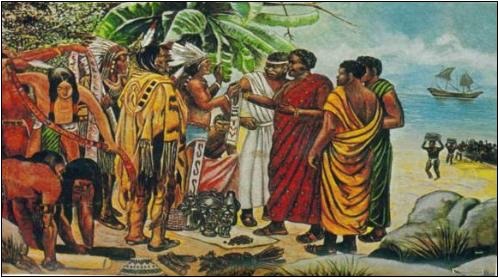
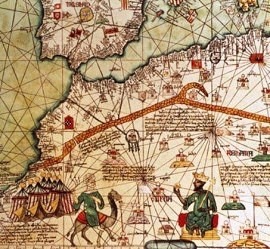
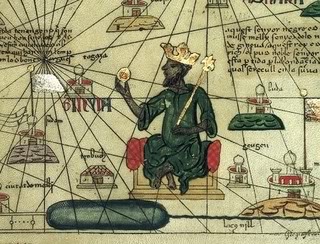
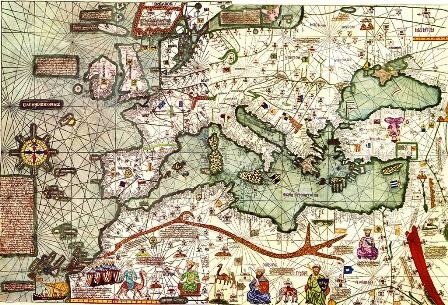
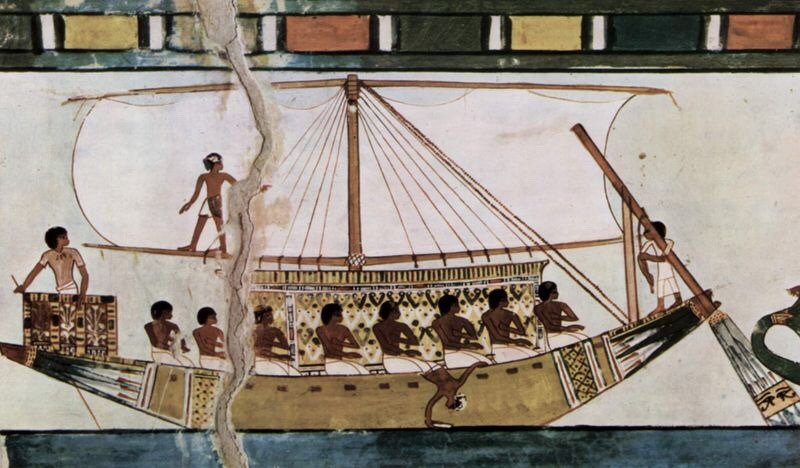
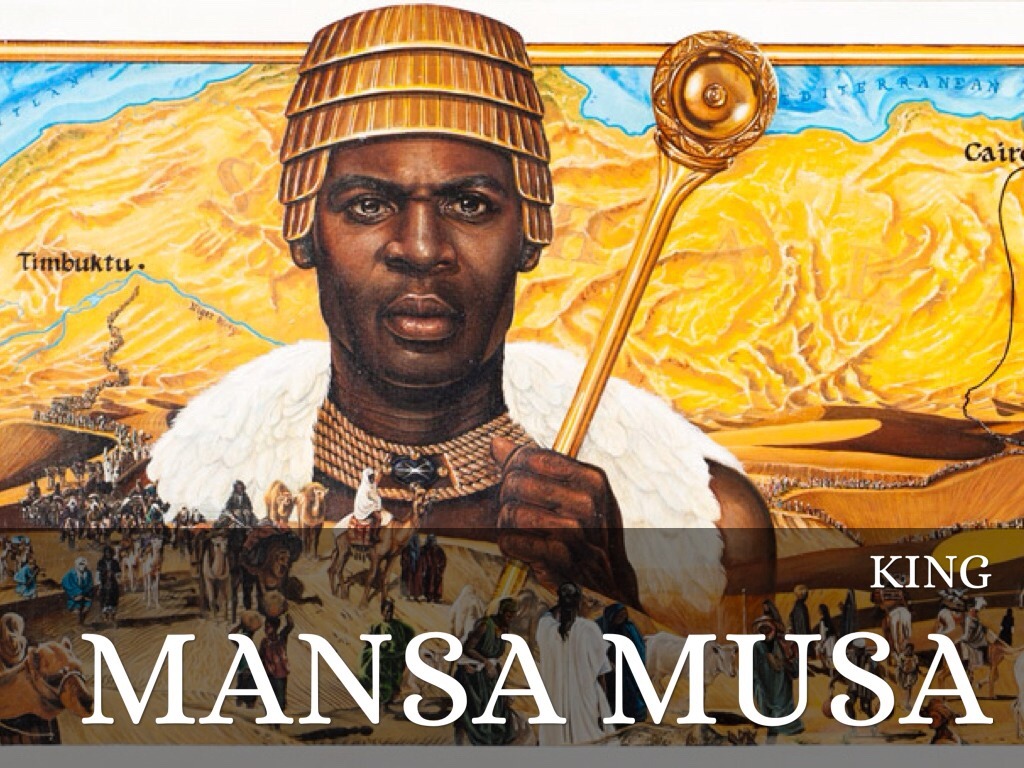
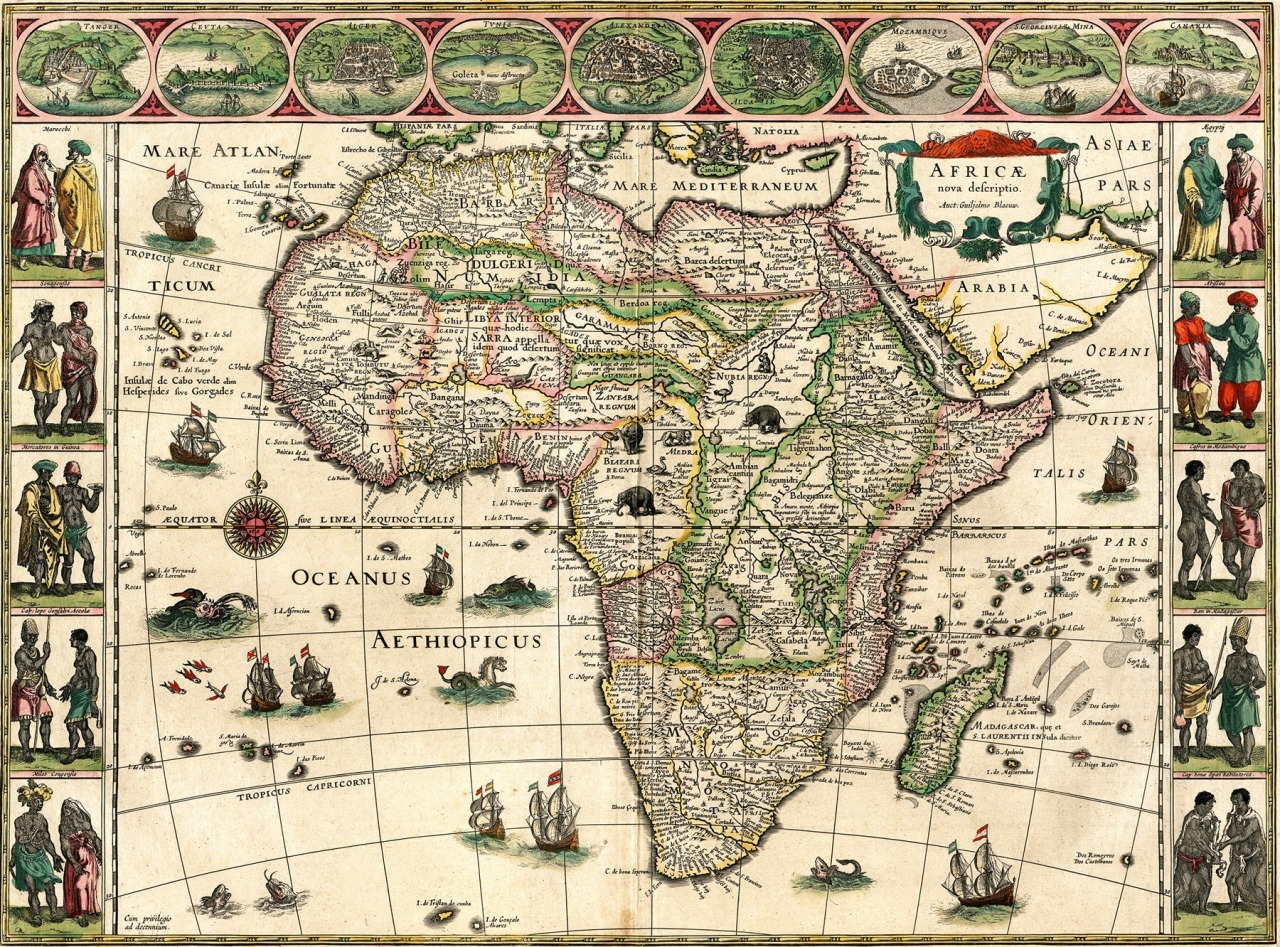
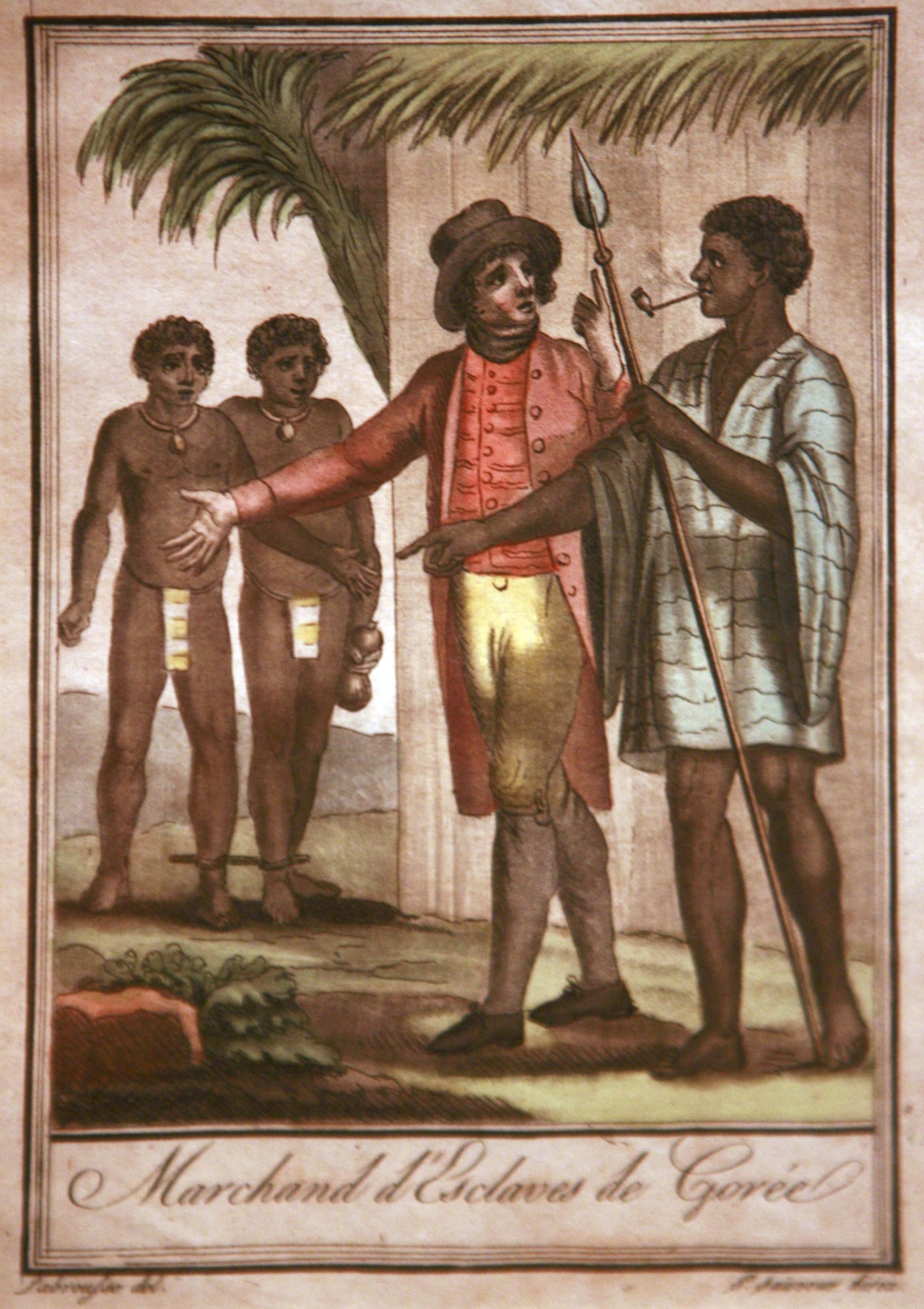

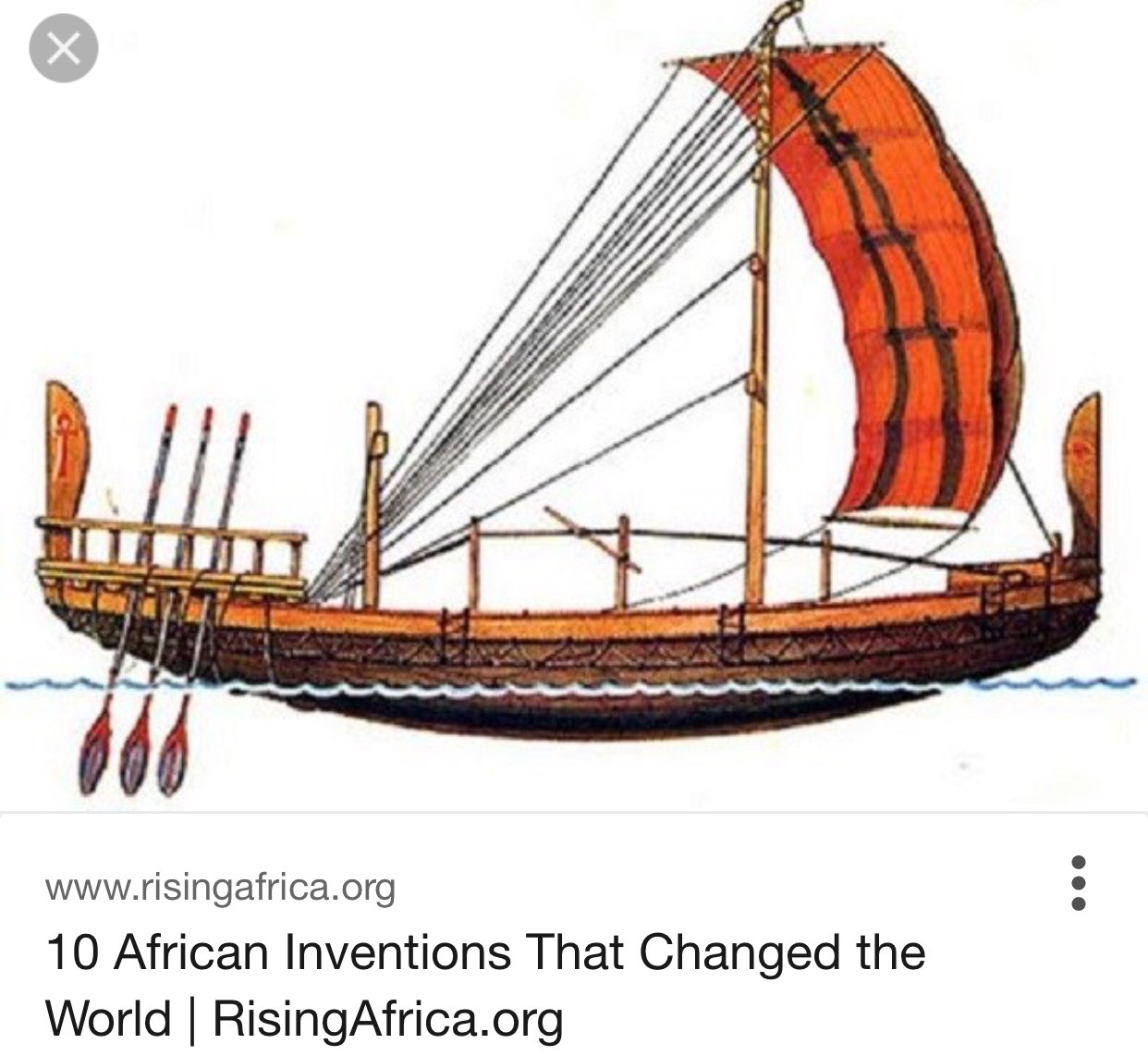
America’s government offices, businesses, and banks all grind to a halt in order to commemorate Columbus Day. In schools up and down the country, little children are taught that a heroic Italian explorer discovered America, and various events and parades are held to celebrate the occasion.
It has now become common knowledge amongst academics that Christopher Columbus clearly did not discover America, not least because is it impossible to discover a people and a continent that was already there and thriving with culture. One can only wonder how Columbus could have discovered America when people were watching him from America’s shores?
Contrary to popular belief, African American history did not start with slavery in the New World. An overwhelming body of new evidence is emerging which proves that Africans had frequently sailed across the Atlantic to the Americas, thousands of years before Columbus and indeed before Christ. The great ancient civilizations of Egypt and West Africa traveled to the Americas, contributing immensely to early American civilization by importing the art of pyramid building, political systems and religious practices as well as mathematics, writing and a sophisticated calendar.
The strongest evidence of African presence in America before Columbus comes from the pen of Columbus himself. In 1920, a renowned American historian and linguist, Leo Weiner of Harvard University, in his book, Africa and the discovery of America, explained how Columbus noted in his journal that Native Americans had confirmed that “black skinned people had come from the south-east in boats, trading in gold-tipped spears.”
One of the first documented instances of Africans sailing and settling in the Americas were black Egyptians led by King Ramses III, during the 19th dynasty in 1292 BC. In fact, in 445 BC, the Greek historian Herodotus wrote of the Ancient Egyptian pharaohs’ great seafaring and navigational skills. Further concrete evidence, noted by Dr. Imhotep and largely ignored by Euro-centric archaeologists, includes “Egyptian artifacts found across North America from the Algonquin writings on the East Coast to the artifacts and Egyptian place names in the Grand Canyon.”
In 1311 AD, another major wave of African exploration to the New World was led by King Abubakari II, the ruler of the fourteenth century Mali Empire, which was larger than the Holy Roman Empire. The king sent out 200 ships of men, and 200 ships of trade material, crops, animals, cloth and crucially African knowledge of astronomy, religion and the arts.
African explorers crossing the vast Atlantic waters in primitive boats may seem unlikely, or perhaps, far fetched to some. Such incredible nautical achievements are not as daunting as they seem, given that
numerous successful modern attempts have illustrated that without an oar, rudder or sail ancient African boats, including the “dug-out,” would certainly have been able to cross the vast ocean in a matter of weeks.
As time allows us to drift further and further away from the “European age of exploration” and we move beyond an age of racial intellectual prejudice, historians are beginning to recognize that Africans were skilled navigators long before Europeans, contrary to popular belief.
Of course, some Western historians continue to refute this fact because, consciously or unconsciously, they are still hanging on to the 19th-century notion that seafaring was a European monopoly.
After all, history will tell you that seafaring is the quintessential European achievement, the single endeavor of which Europeans are awfully proud. Seafaring allowed Europe to conquer the world. The notion that black Africans braved the roaring waters of the Atlantic Ocean and beat Europeans to the New World threatens a historically white sense of ownership over the seas.
When most people think about ancient Mexico, the first civilizations that come to mind are the Incas, Aztecs and the Maya. However, during the early 1940′s archeologists uncovered a civilization known as the Olmecs of 1200 BC, which pre-dated any other advanced civilization in the Americas.
The Olmec civilization, which was of African origin and dominated by Africans, was the first significant civilization in Mesoamerica and the Mother Culture of Mexico.
Olmecs are perhaps best known for the carved colossal heads found in Central Mexico, that exhibit an unmistakably African Negroid appearance. Ancient African historian Professor Van Sertima has illustrated how Olmecs were the first Mesoamerican civilization to use a written language, sophisticated astronomy, arts and mathematics and they built the first cities in Mexico, all of which greatly influenced the Mayans and subsequent civilizations in the Americas. “There is not the slightest doubt that all later civilizations in [Mexico and Central America], rest ultimately on an Olmec base,” once remarked Michael Coe, a leading historian on Mexico.
Africans clearly played an intricate role in the Olmec Empire’s rise and that African influence peaked during the same period that ancient Black Egyptian culture ascended in Africa.
A clear indicator of pre-Columbus African trans-Atlantic travel is the recent archeological findings of narcotics native to America in Ancient Egyptian mummies, which have astounded contemporary historians. German toxicologist, Svetla Balabanova, reported findings of cocaine and nicotine in ancient Egyptian mummies. These substances are known to only be derived from American plants. South American cocaine from Erythroxylon coca and nicotine from Nicotiana tabacum. Such compounds could only have been introduced to Ancient Egyptian culture through trade with Americans.
Similarities across early American and African religions also indicate significant cross-cultural contact. The Mayans, Aztecs and Incas all worshipped black gods and the surviving portraits of the black deities are revealing. For instance, ancient portraits of the Quetzalcoatl, a messiah serpent god, and Ek-ahua, the god of war, are unquestionably Negro with dark skin and wooly hair. Why would native Americans venerate images so unmistakably African if they had never seen them before? Numerous wall paintings in caves in Juxtlahuaca depict the famous ancient Egyptian “opening of the mouth” and cross libation rituals. All these religious similarities are too large and occur far too often to be mere coincidences.
Professor Everett Borders notes another very important indication of African presence, which is the nature of early American pyramids. Pyramid construction is highly specialized. Ancient Egypt progressed from the original stepped pyramid of Djosser, to the more sophisticated finished product at Giza. However, at La Venta in Mexico, the Olmecs made a fully finished pyramid, with no signs of progressive learning. Olmecian and Egyptian pyramids were both placed on the same north-south axis and had strikingly similar construction methods. Tellingly, all of these pyramids also served the same dual purpose, tomb and temple.
Ancient trans-Atlantic similarities in botany, religion and pyramid building constitute but a fraction of the signs of African influence in ancient America. Other indicators include, astronomy, art, writing systems, flora and fauna.
Historically, the African people have been exceptional explorers and purveyors of culture across the world. Throughout all of these travels, African explorers have not had a history of starting devastating wars on the people they met. The greatest threat towards Africa having a glorious future is her people’s ignorance of Africa’s glorious past.
Pre-Columbus civilization in the Americas had its foundation built by Africans and developed by the ingenuity of Native Americans. Sadly, America, in post-Columbus times, was founded on the genocide of the indigenous Americans, built on the backs of African slaves and continues to run on the exploitation of workers at home and abroad.
Clearly, Africans helped civilize America well before Europeans “discovered” America, and well before Europeans claim to have civilized Africa. The growing body of evidence is now becoming simply too loud to ignore. It’s about time education policy makers reexamine their school curriculums to adjust for America’s long pre-Columbus history.
Garikai Chengu is a scholar at Harvard University. Contact him on garikai.chengu@gmail.com
The original source of this article is Global Research


